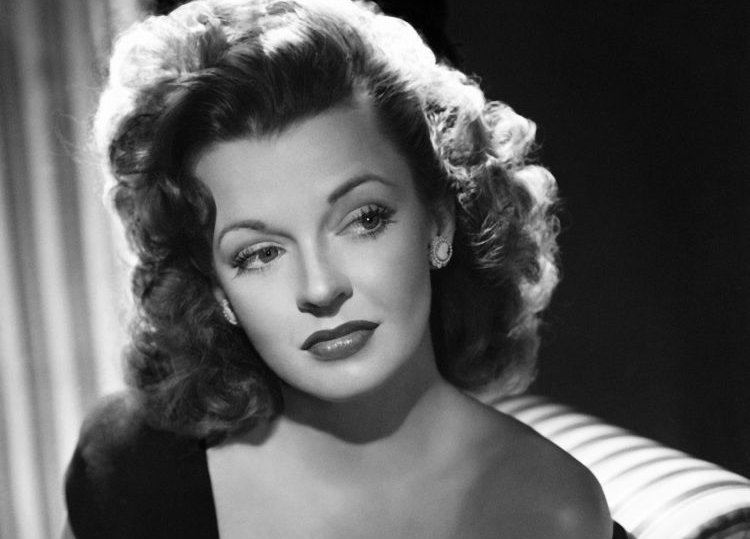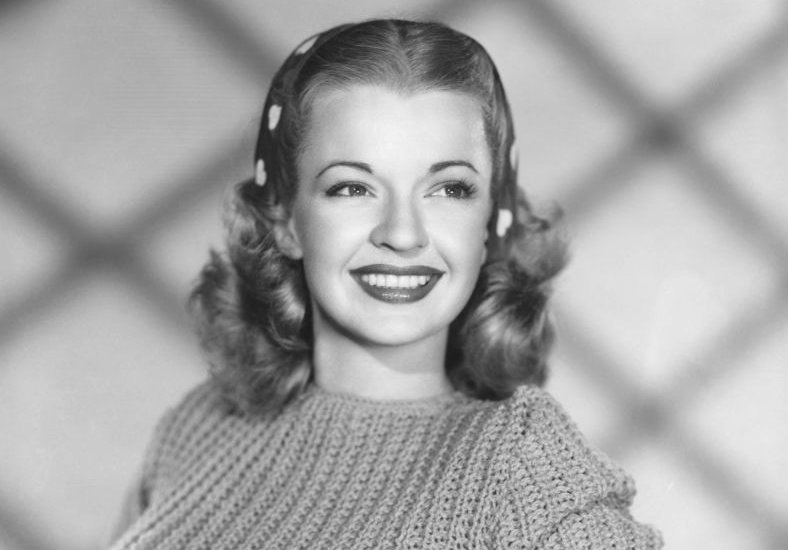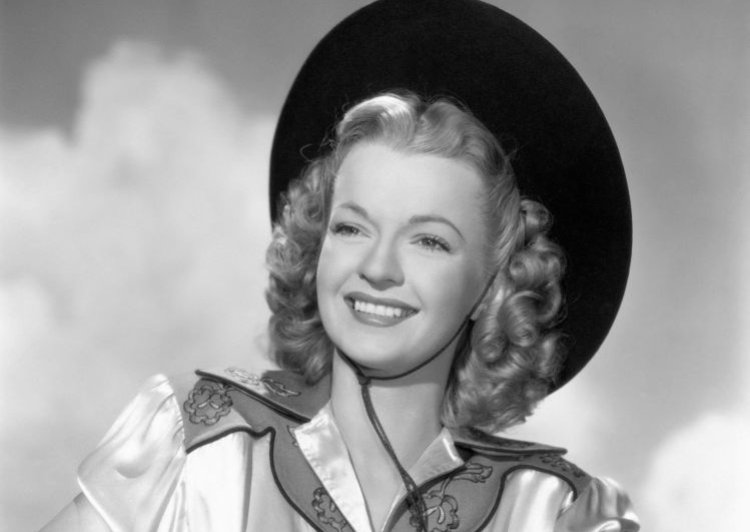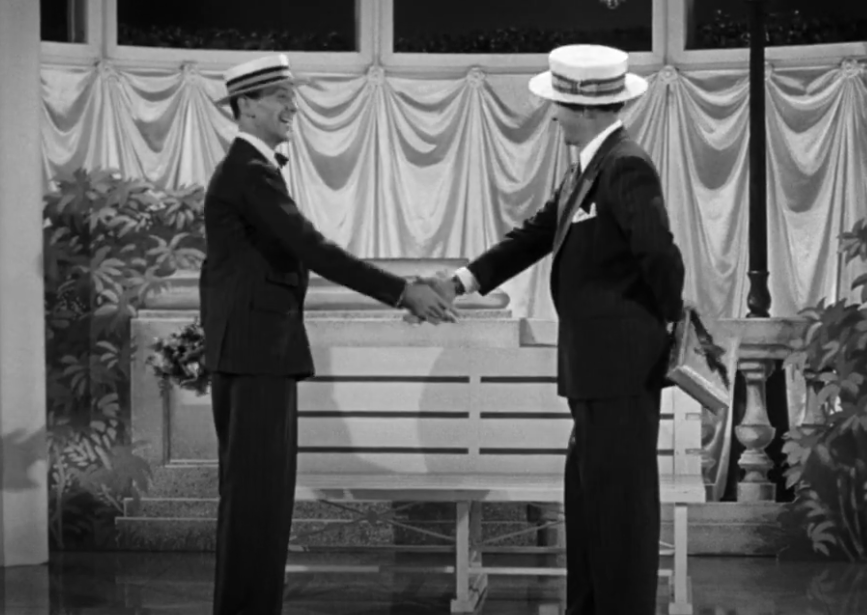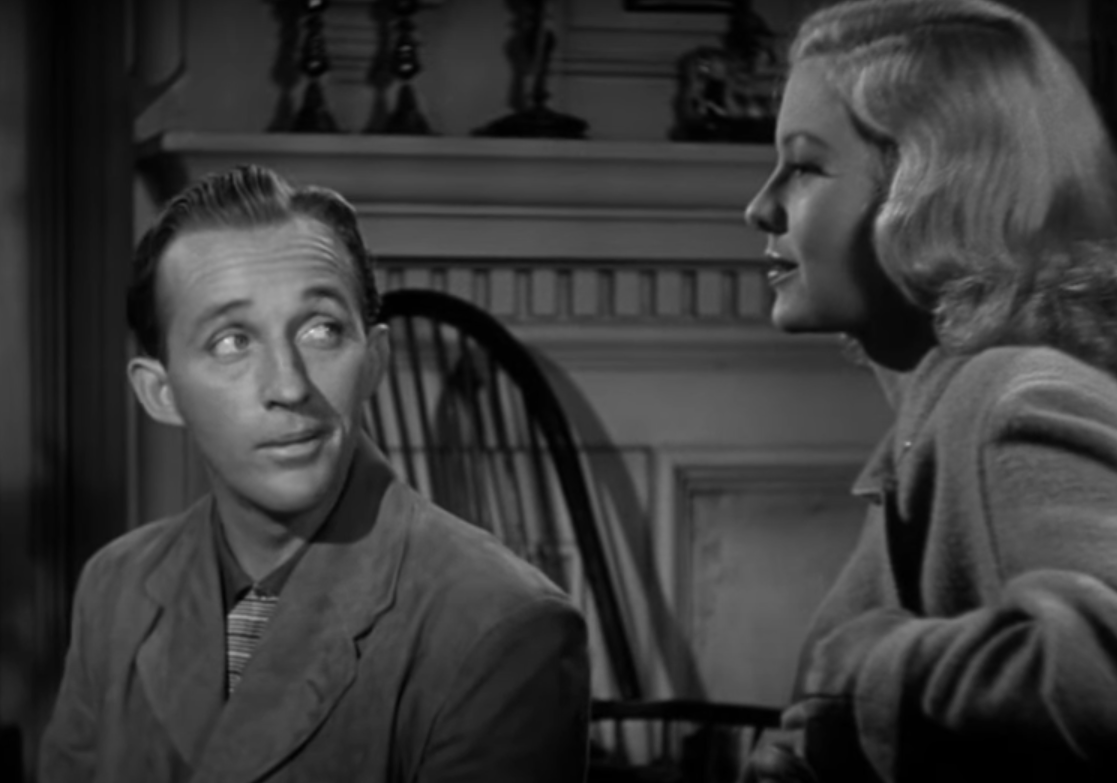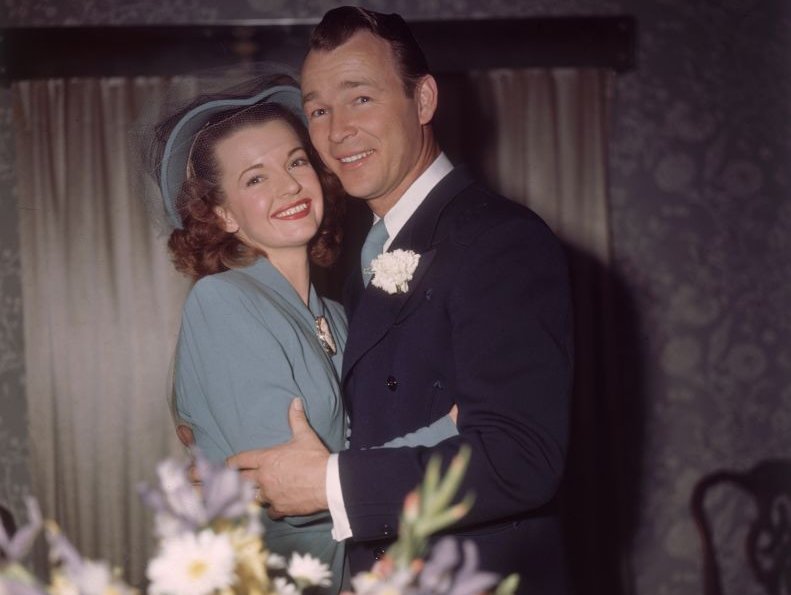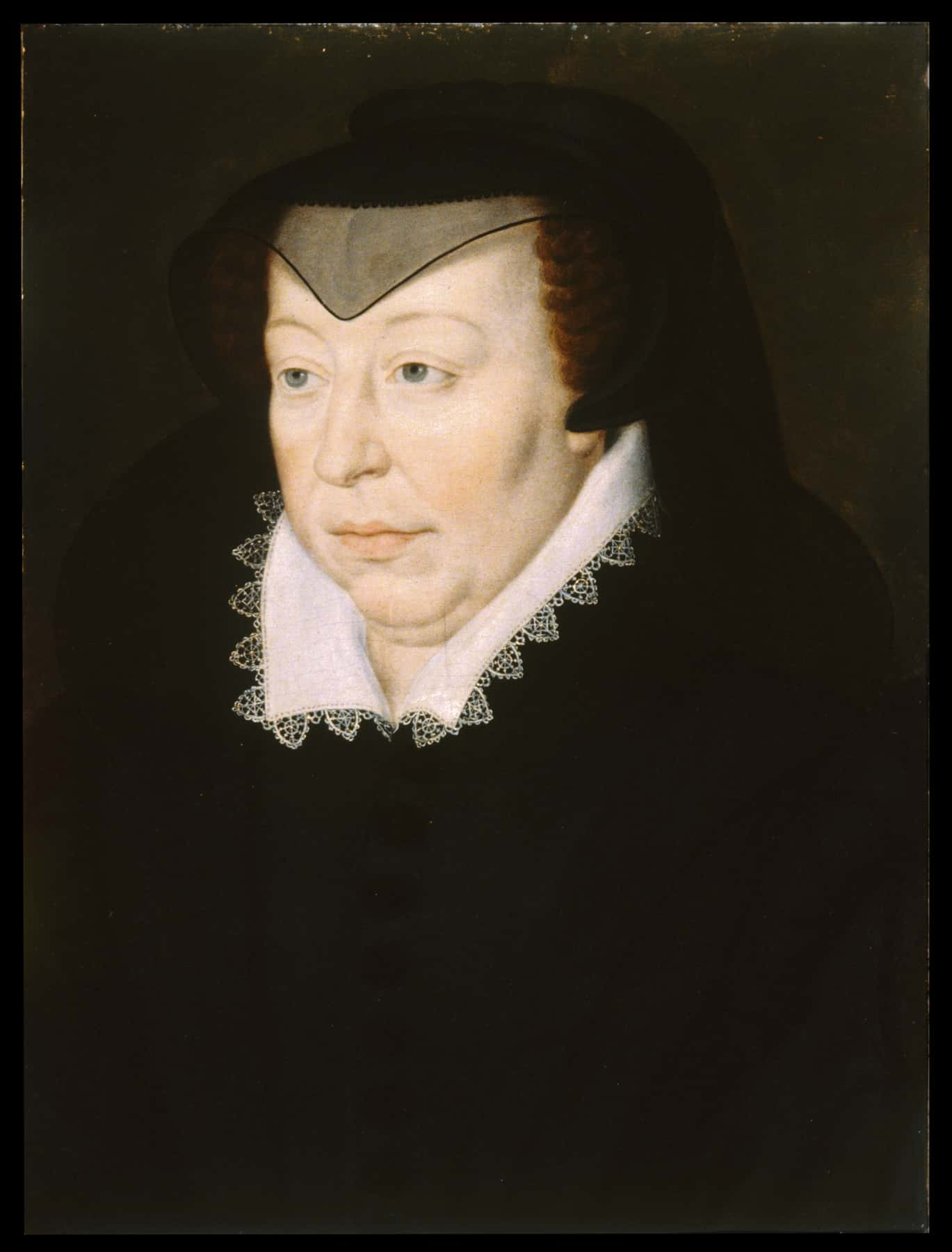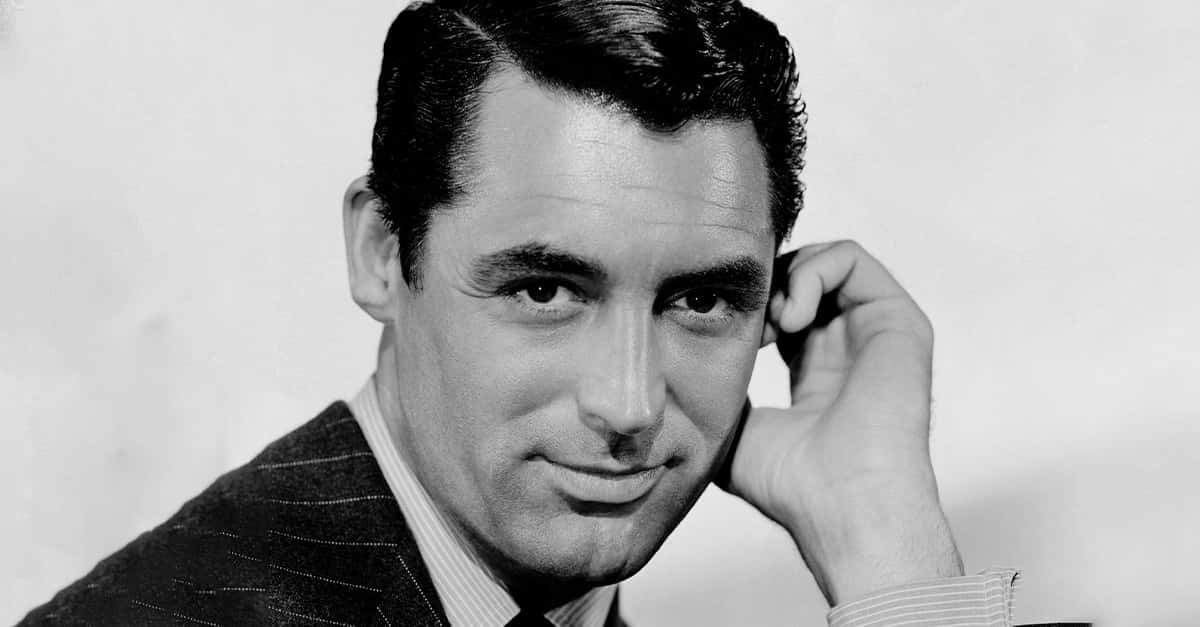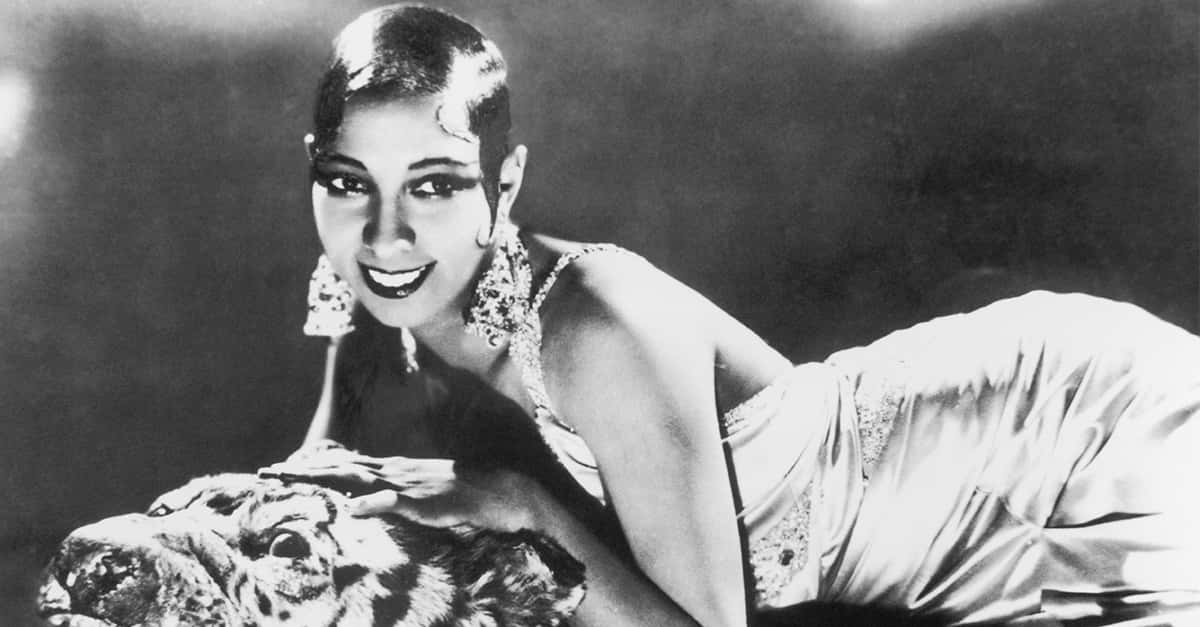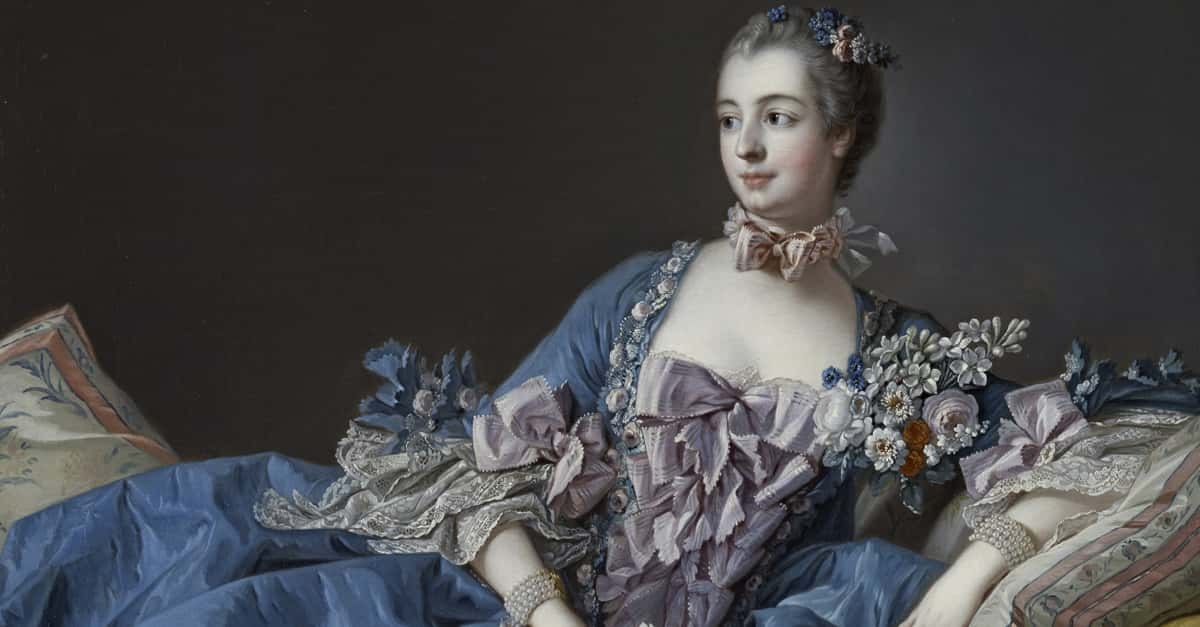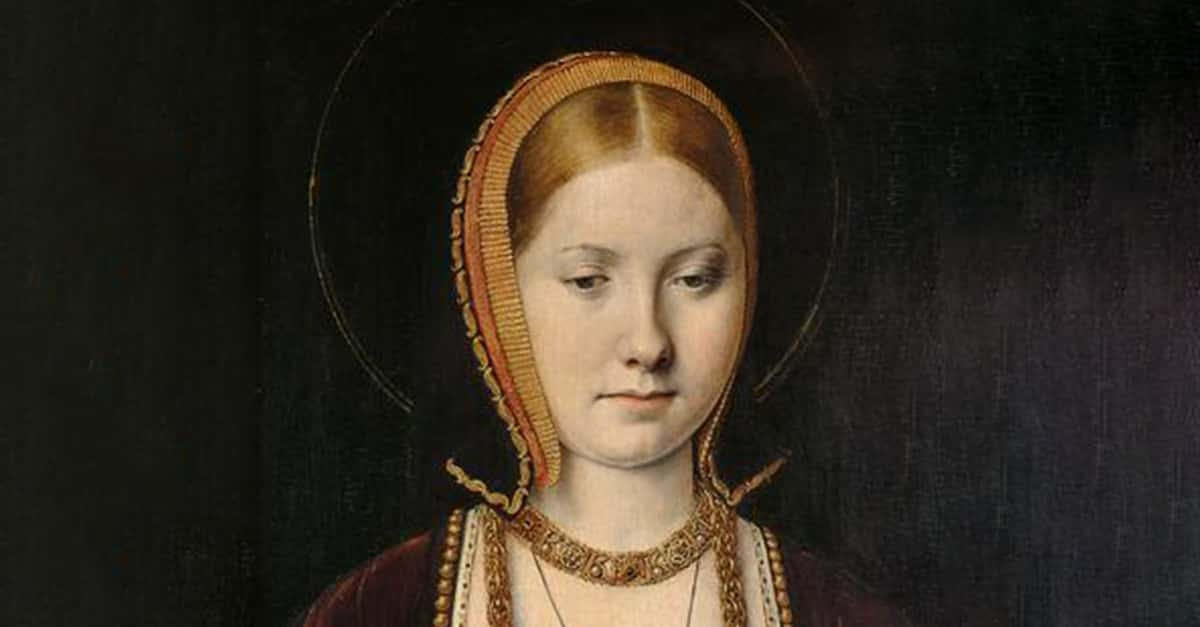Country Music’s Most Beloved Cowgirl
Dale Evans, who reigned as “queen of the West”, was a well-known singer and actress through several decades of the early 20th century. She achieved such heights in the face of horrendous events that threatened to sway her from her path. In the end, she left an indelible mark on the Western film genre and had a love as immortal as the Lord Himself. 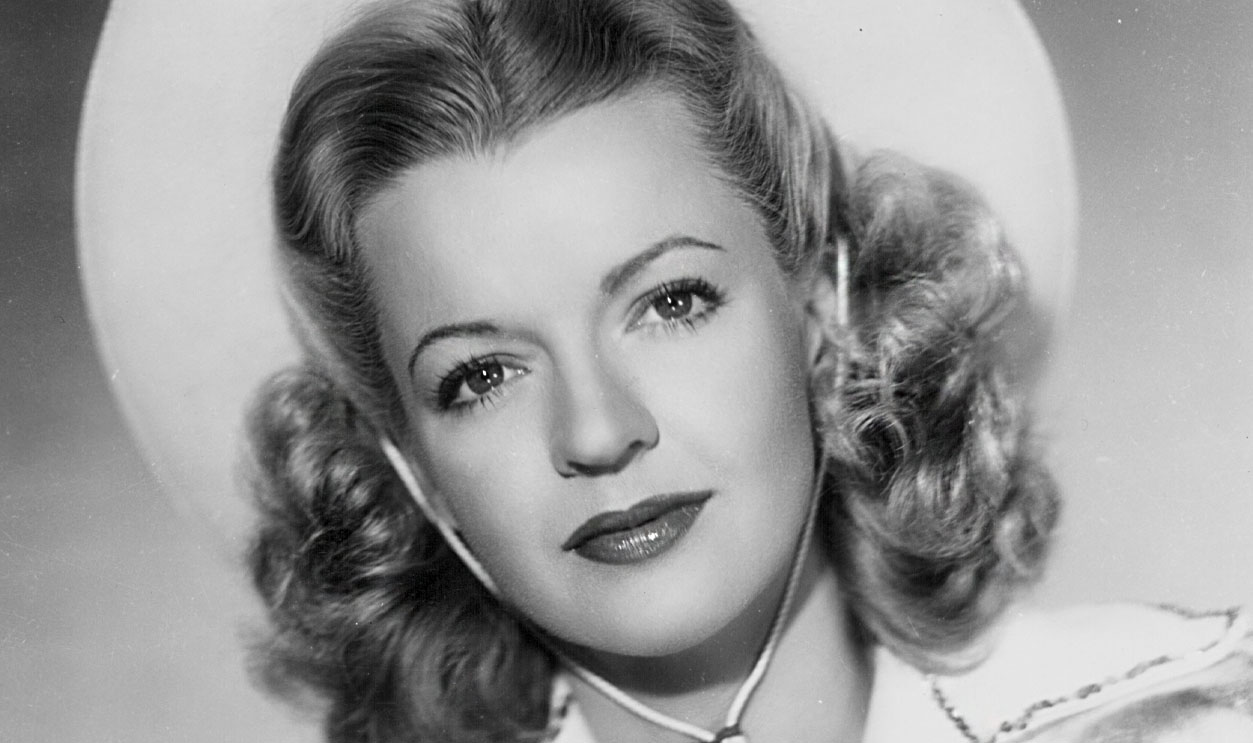
1. She Had A Strange Start To Life
Dale Evans was born Frances Octavia Smith in Uvalde, Texas, to her parents Bettie Sue Wood and Walter Smith. The family was Baptist, so Dale was introduced to her life-long religion at the very start of her existence. Her early life wasn’t stable, partially because her father made a choice that would change the family’s world—and not for the better.
2. She Was An Enigma After Two Mistakes Were Made
There was confusion around when she was born, and even contention around what her name was on her birth certificate. She was born on either October 30 or 31, 1912, but she chose to say her birthday was on Halloween. And the name on her birth certificate—a major error according to her mother—was Lucille Wood Smith.
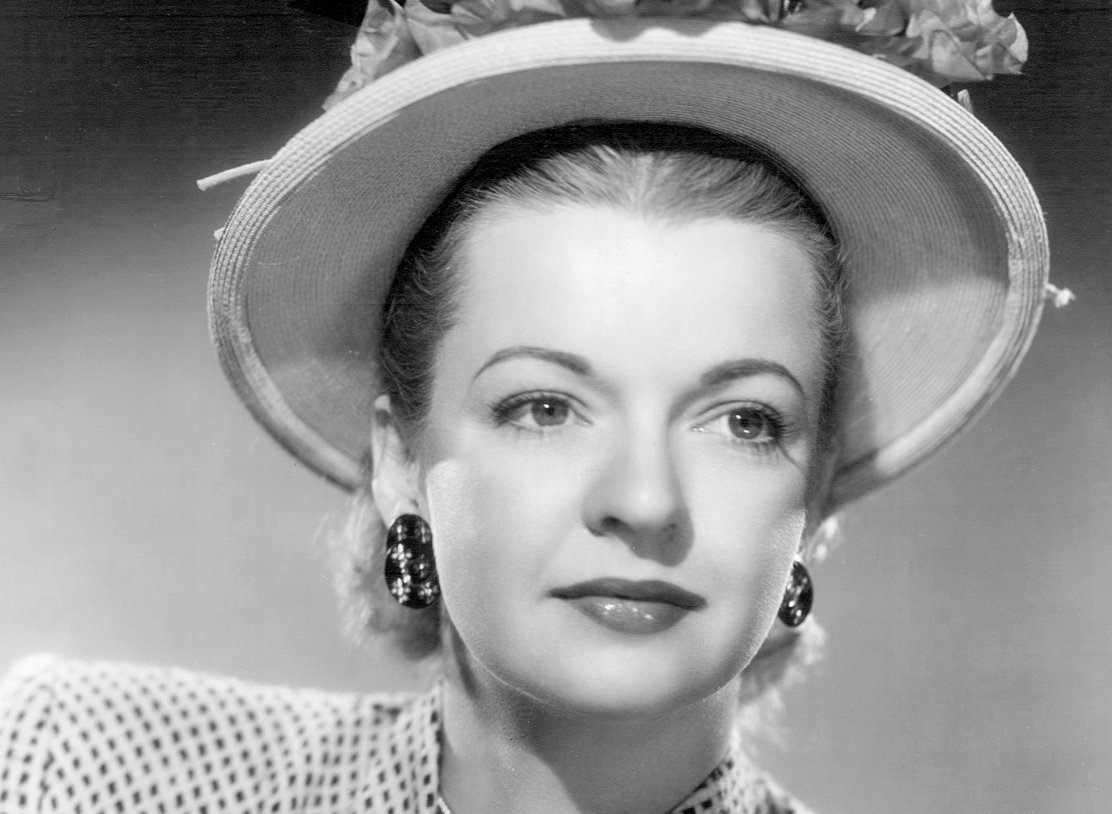 Roman Freulich, Wikimedia Commons
Roman Freulich, Wikimedia Commons
3. She Was Struck With Hardship From The Start
Dale’s father moved them to Osceola, where he hoped to run a flourishing cotton farm. Little did he know, the realities of relying on nature’s whims are precarious. Plagued from the very beginning, their first attempt at farming didn't go well, thanks to bad weather and insects. Dale would later call their first year, “neither financially rewarding nor joyous”.
And after learning only from her mother at home for the first several years of her life, Dale was suddenly propelled into an unfamiliar world.
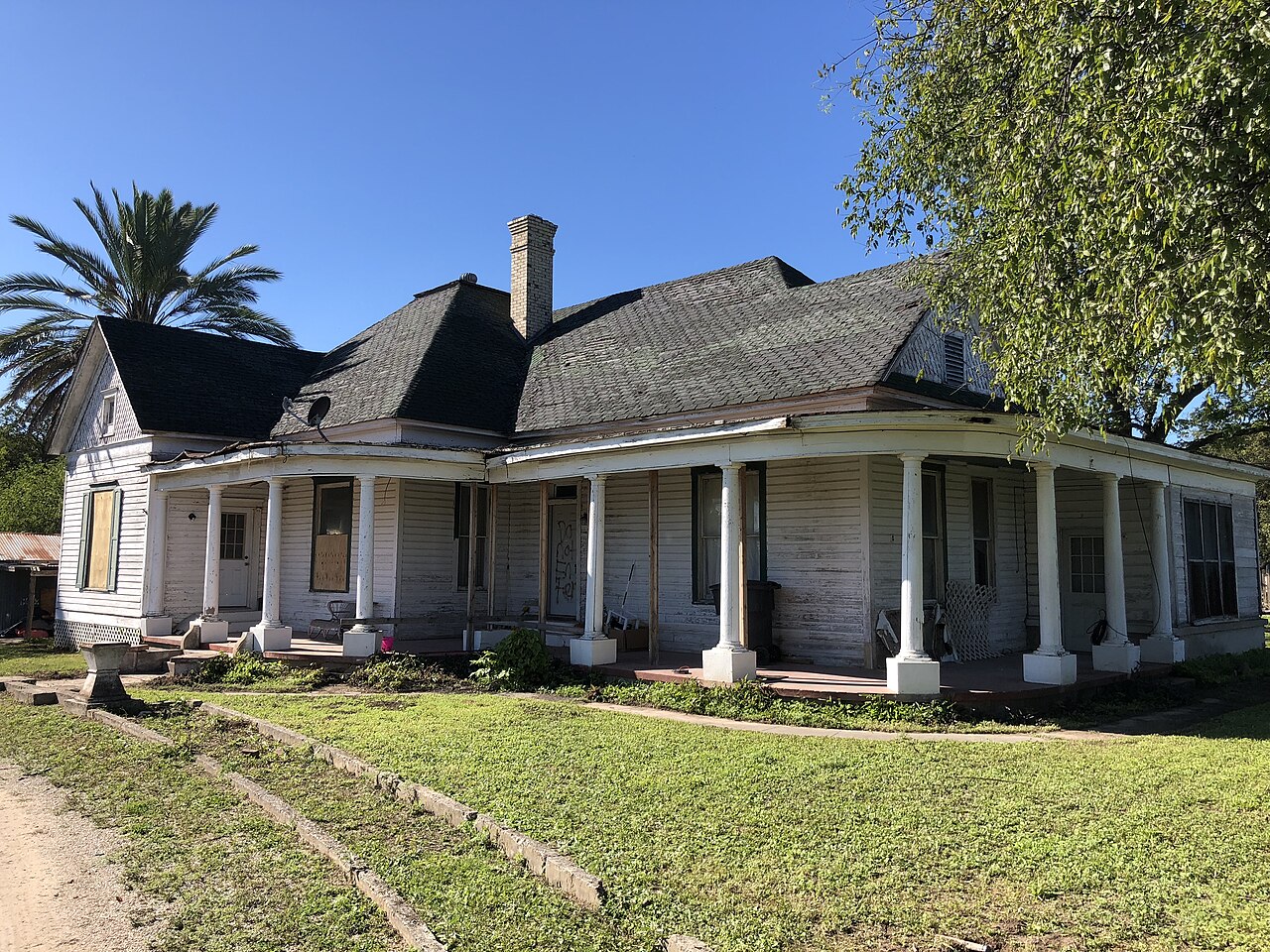 Okfarmerjohn, CC BY-SA 4.0, Wikimedia Commons
Okfarmerjohn, CC BY-SA 4.0, Wikimedia Commons
4. She Was Highly Intelligent
Dale was an incredibly bright child. After entering school at age seven, she sped through grades one through eight. Her future looked prosperous and bright. However, her prodigal intelligence left a major impact on her mental health—and this led to an incident so distressing, it's impossible to forget.
5. She Faced A Mental Health Emergency
At 11 years old, she completed grade eight. It should have been a monumental success for the young singer, but the stress gave her a nervous breakdown, instead. To heal her mind after the intense stress of learning too much too fast, her caregivers forced her into bed rest for an entire summer—but even this wouldn't stop her.
 Harry Warnecke, Wikimedia Commons
Harry Warnecke, Wikimedia Commons
6. She Was Dedicated To Her Artistic Styling
Bedrest hadn’t stopped Dale from practicing piano. She had the personality of a performer even at a young age. However, her desire to create her own songs created friction with her instructor. Eventually, they couldn't handle it. The instructor quit just as Dale began grade nine at age 12.
But Dale’s advanced maturity took form in ways other than her intelligence.
7. She Fell In Love
At 14 years old, Dale met Thomas F Fox at a dance hosted for the public by the courthouse. She was immediately enamored with him, and he was with her. Even though they were young, they felt drawn to each other in a potent way. Their romance became a whirlwind, and Dale made a decision she couldn’t take back.
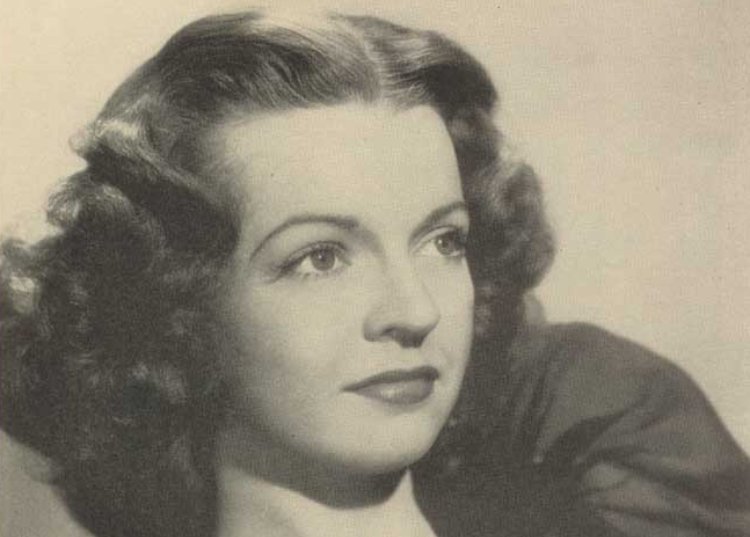 CINELANDIA magazine, Wikimedia Commons
CINELANDIA magazine, Wikimedia Commons
8. She Was Committed
Dale and Thomas married in 1927. They had to lie about their ages to do so since she was only 14 and he was 17. A year later, they had a son together in 1928, Thomas F Fox Jr. This seemed like a happy moment for the couple; they were newly married with a newborn.
Little did Dale know, her life was about to take a dark turn.
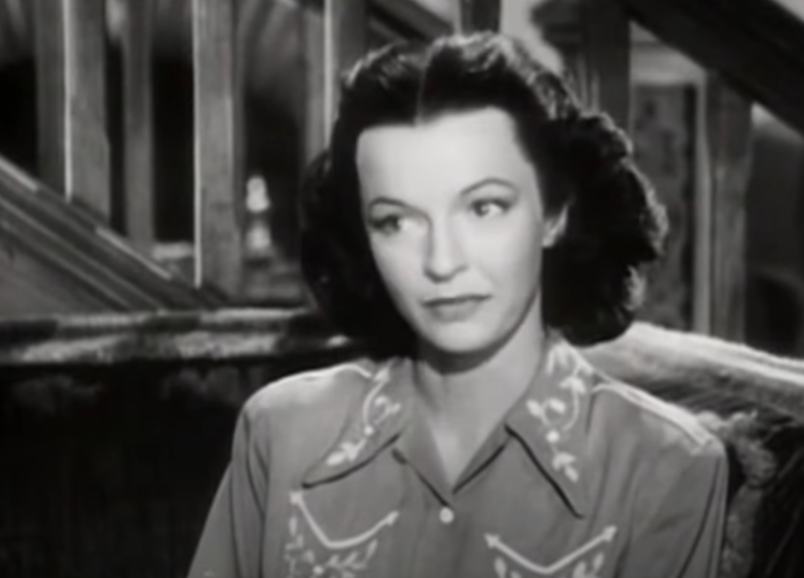 Paramount, Cowboy and the Senorita (1944)
Paramount, Cowboy and the Senorita (1944)

History's most fascinating stories and darkest secrets, delivered to your inbox daily.
9. She Endured Her First Heartbreak—And A Betrayal
A year later in 1929, Thomas forsook Dale. He claimed he was too young for married life with an infant child. At that point, he’d already left Dale twice. When he left the final time, he didn’t consider that he was leaving Dale with the consequences of their dalliance.
But Dale wouldn’t let these adverse circumstances stop here.
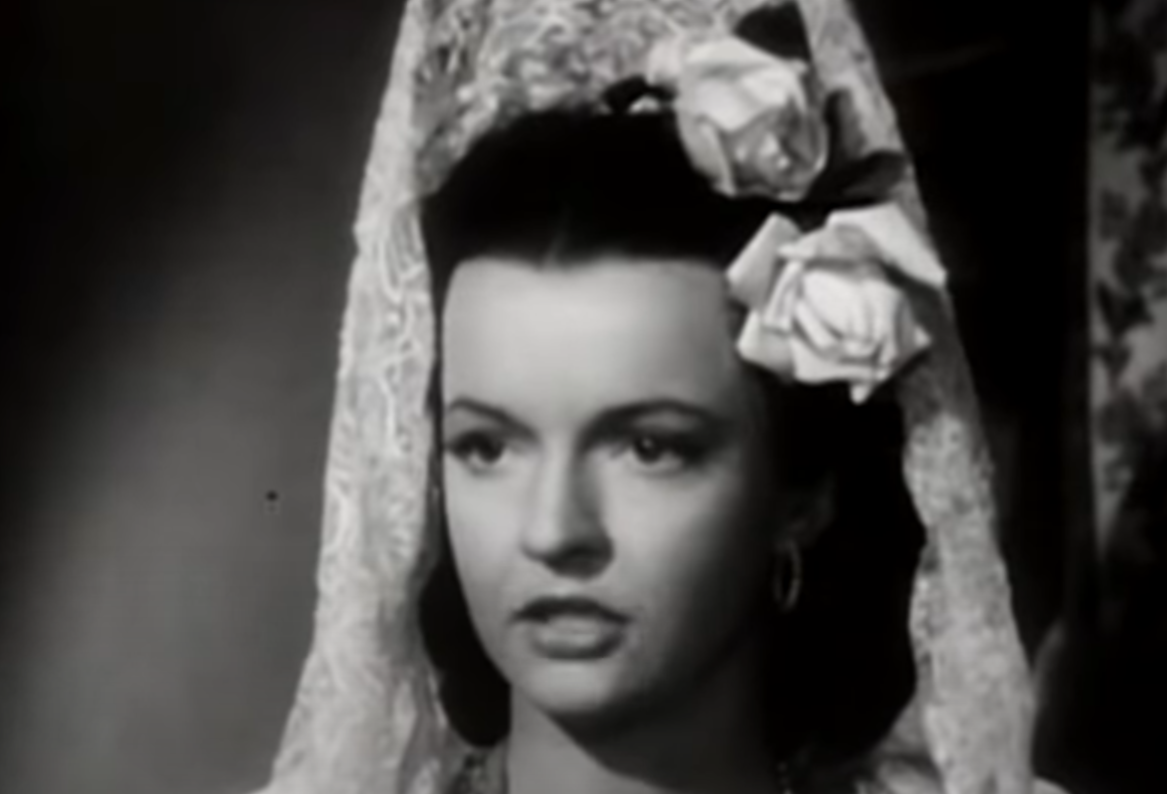 Paramount, Cowboy and the Senorita (1944)
Paramount, Cowboy and the Senorita (1944)
10. She Didn't Give Up On Her Dream
Now living in Memphis, Tennessee, Dale pursued her passion for music with an intense fervor. She worked hard to make it as a singer, but the pay from the radio stations wasn’t quite enough to sustain her. She needed to support herself and her child in the meantime. Thankfully, Dale was smart and capable, and she wouldn’t give up on having it all.
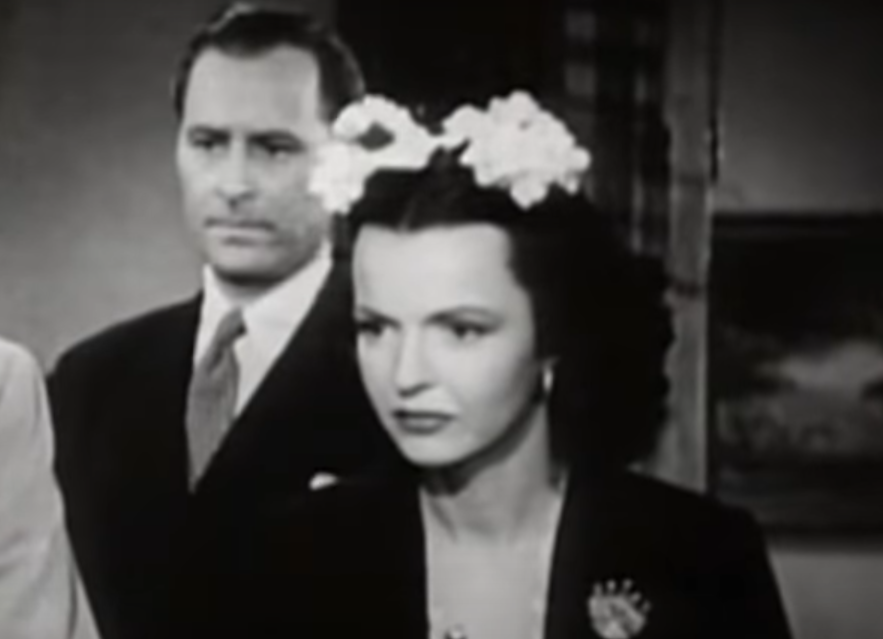 Paramount, Cowboy and the Senorita (1944)
Paramount, Cowboy and the Senorita (1944)
11. She Found A Second Love, One That Might Last
Soon after her divorce in 1929, Dale met a new man, August Wayne Johns. Despite her recent heartbreak, she married him that same year. Together, they worked to build a life they would both enjoy. On the outside, they seemed happy. Unfortunately, in her biography Happy Trails, Dale neglects to discuss the relationship at all.
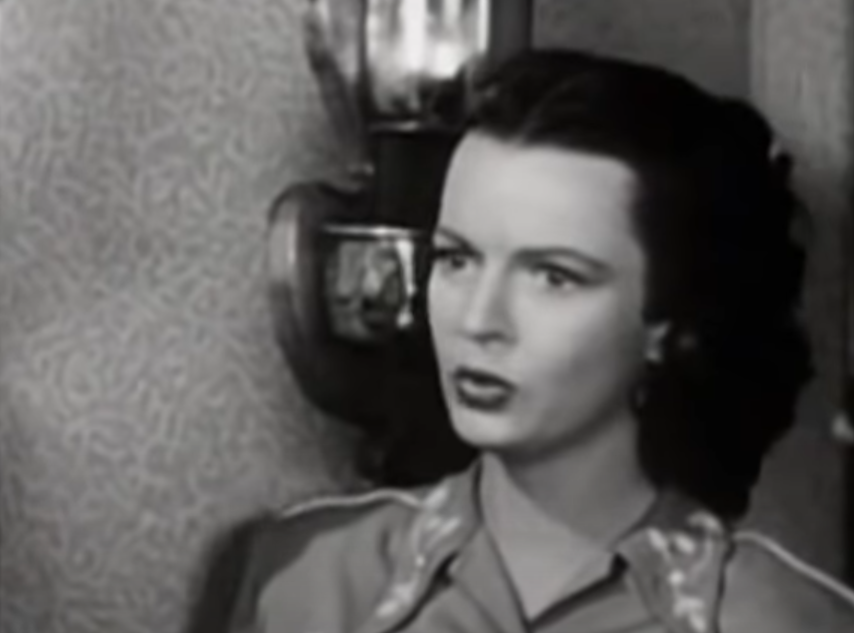 Paramount, Cowboy and the Senorita (1944)
Paramount, Cowboy and the Senorita (1944)
12. She Worked Hard To Support Herself And Her Son
She worked for a bus company, and then at an insurance agency. All the while, she studied business at a local school. She was once again drawing on her high intelligence. But it was while working at the insurance agency that Dale found her first opportunity to expand on her singing. All thanks to one surprising bit of assistance.
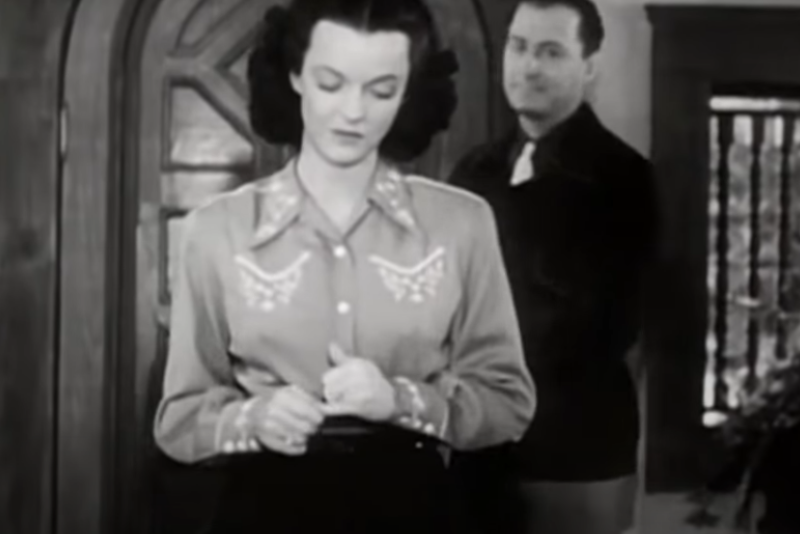 Paramount, Cowboy and the Senorita (1944)
Paramount, Cowboy and the Senorita (1944)
13. Her Career Took A Surprising Turn
Her boss at the insurance agency overheard Dale singing at work one day. She was at her desk, minding her own business. Her singing voice was so stunning that he couldn't help but support her dream. He encouraged her to pursue her talent and helped her land a spot as a singer on the local Memphis radio, WMC and WREC.
It was her first taste of the industry, and she couldn’t get enough.
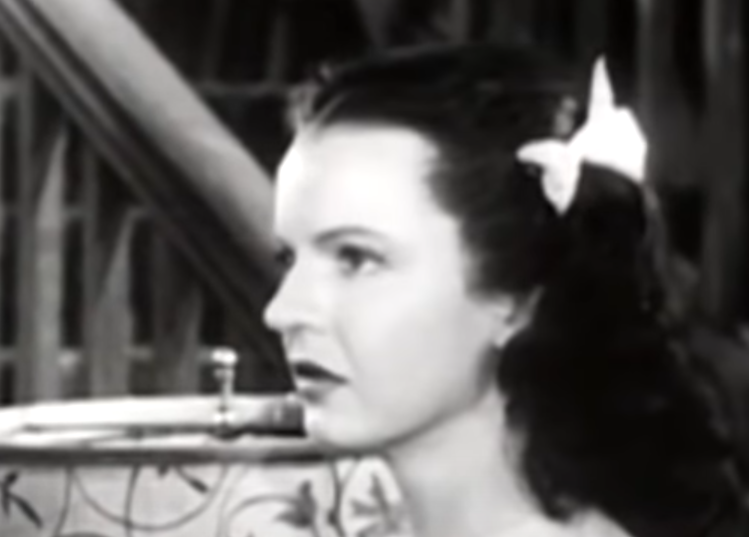 Paramount, Cowboy and the Senorita (1944)
Paramount, Cowboy and the Senorita (1944)
14. She Put Time And Effort Into Creating Success
Dale performed regularly in 1930, which was a dream for her. She was finally able to pursue her dream. She sang and played piano for the station, even being hired by programs sponsored by the insurance company she worked for. But she soon ran into the limits of working as a singer in Memphis, and they began to chafe at her ambitions.
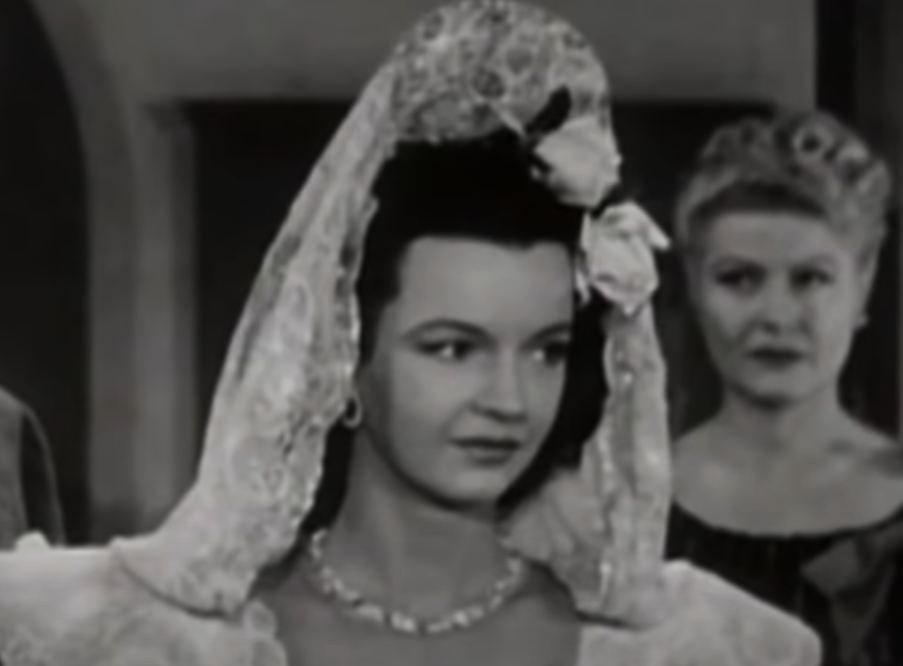 Paramount, Cowboy and the Senorita (1944)
Paramount, Cowboy and the Senorita (1944)
15. She Faced Another Life-Changing Problem
That same year, she moved to Chicago, Illinois with her son. Almost immediately, a doctor diagnosed Dale with acute malnutrition. This immediately stalled her progress as a singer while she recovered, but she wouldn’t be held back by a mere medical emergency. She was still able to find work after recovering and regained her momentum quickly.
But first, Dale and Tommy moved to Louisville, Kentucky.
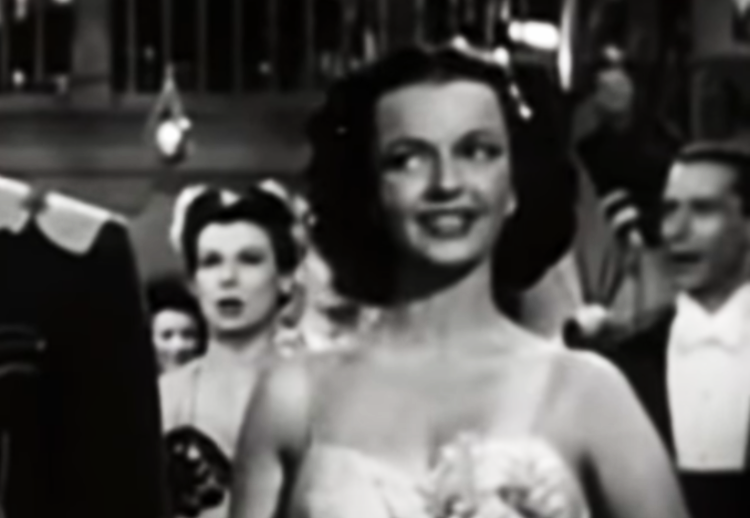 Paramount, Cowboy and the Senorita (1944)
Paramount, Cowboy and the Senorita (1944)
16. She Had Another Change Of Scene—And Of Identity
The WHAS radio station hired Dale as a singer, and the station manager changed her stage name for a final time. She had been Francis Fox and Marion Lee, and now, she became Dale Evans. She put her all into working at the radio station. Little did she know, this job would launch her into the music and acting industry.
But first, misery came knocking.
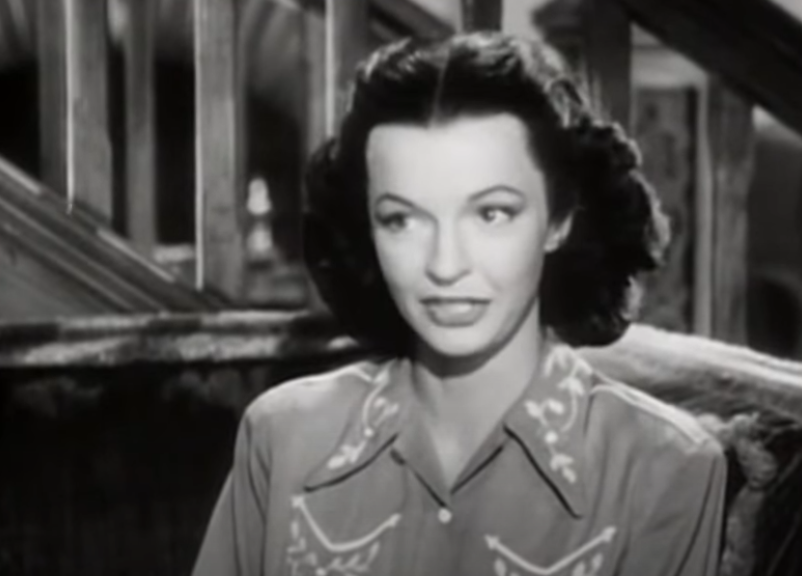 Paramount, Cowboy and the Senorita (1944)
Paramount, Cowboy and the Senorita (1944)
17. She Lost Another Relationship
It seemed like the universe had other plans for Dale. She and her husband, August, divorced in 1936. Luckily, the two hadn’t had children together, which made the split easier. The last thing Dale needed was to juggle intense divorce proceedings alongside her burgeoning career and her son, Tommy.
And that wasn’t the only emotionally wrought incident she faced that year.
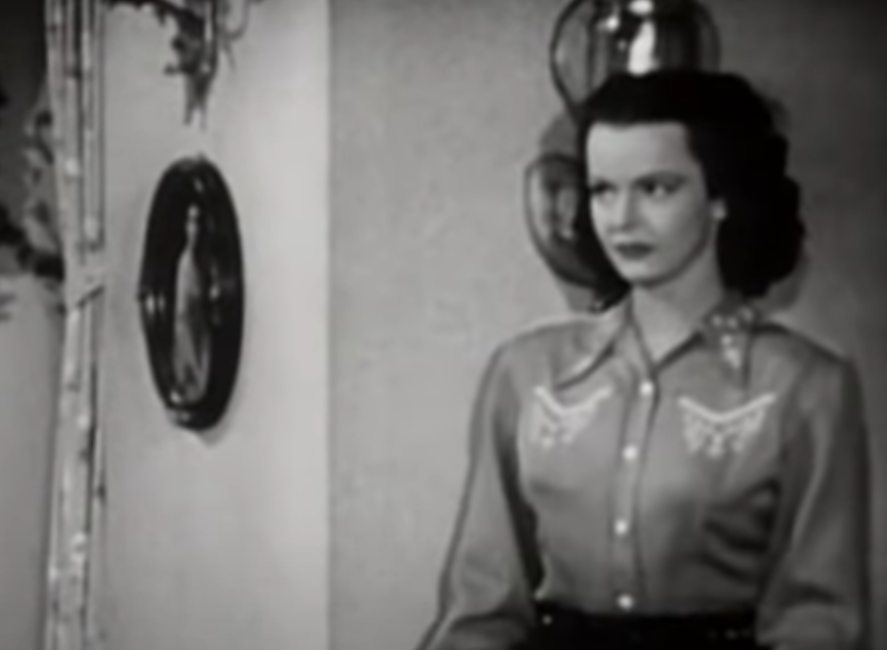 Paramount, Cowboy and the Senorita (1944)
Paramount, Cowboy and the Senorita (1944)
18. She Had To Make A Difficult Decision
Tommy fell ill. Without familial support in Chicago, Dale decided to move her and her son back to Dallas, Texas. Her parents had moved several years earlier, and she knew she could rely on their help while she continued to chase her passion. Her son stayed with her parents in the small town of Italy, Texas, and she picked up work at station WFAA in Dallas.
Luckily, that wasn’t the only new chance she found in the city.
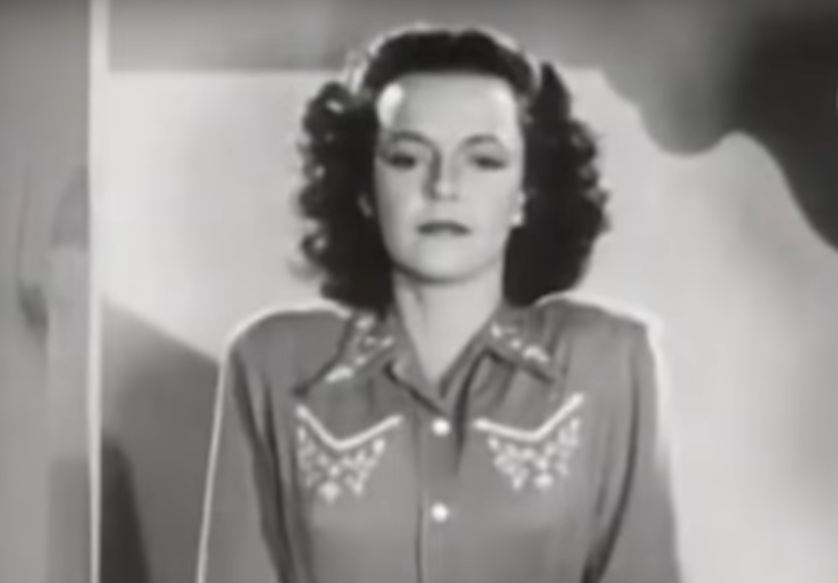 Paramount, Cowboy and the Senorita (1944)
Paramount, Cowboy and the Senorita (1944)
19. She Had Another Opportunity For Love
Dale worked as a singer at the local radio station. While she was there, she reconnected with pianist and orchestra leader Robert Dale Butts who she had worked with previously. He had also moved to Dallas and found work at the same station. After this encounter, their relationship changed from mere friendship to something more. Dale saw another chance at love with him, and the two married in 1937.
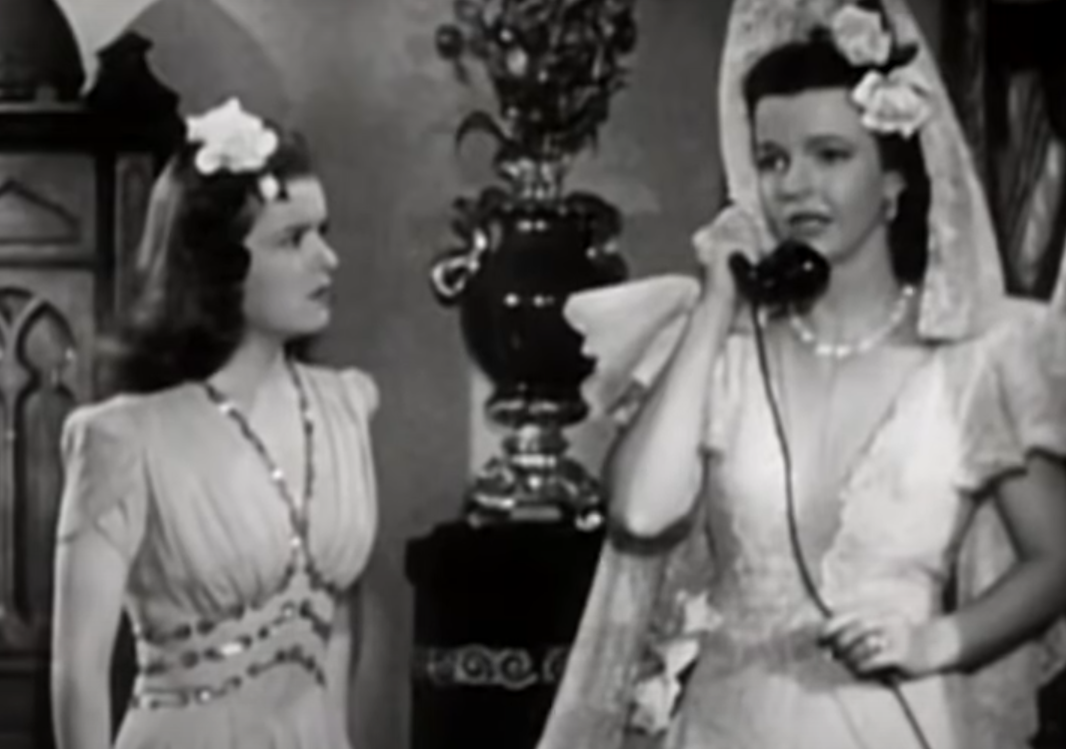 Paramount, Cowboy and the Senorita (1944)
Paramount, Cowboy and the Senorita (1944)
20. She Was On Her Way To Making A Mark On The Industry
Soon after their marriage, Dale and Robert moved back to Chicago. Robert landed a role at the NBC affiliate station, and Dale found more work in the music scene. She performed with jazz, swing, and big bands, and even landed an exciting possibility. She garnered even more attention when she had a stint as the featured singer for the Edgar Bergen/Charlie McCarthy show.
Unfortunately, the timing for her rising star wasn’t right. Not yet, at least.
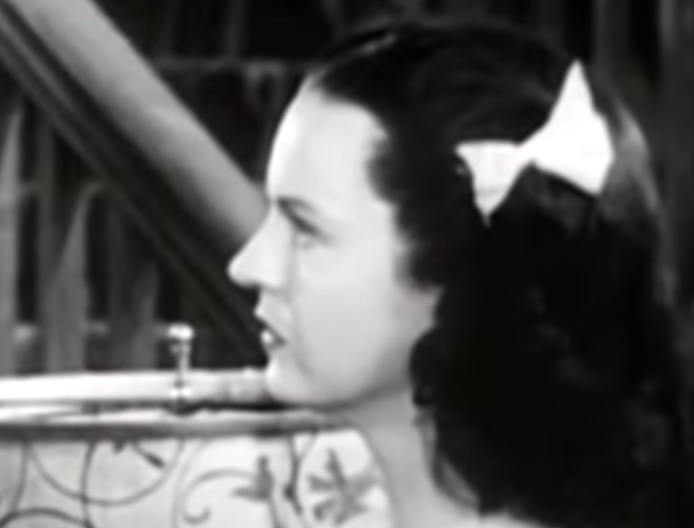 Paramount, Cowboy and the Senorita (1944)
Paramount, Cowboy and the Senorita (1944)
21. She Found Her Stride In The Chicago Music Scene
Dale’s time in Chicago was amazing, and she found so many different opportunities to demonstrate her immense talent for music. She sang for the Anson Weeks Orchestra, and they liked her so much that the band brought her on as their singer for a year-long nationwide tour. She even spent eight weeks in LA, where she hoped to find more work. But luck wasn't on her side that time.
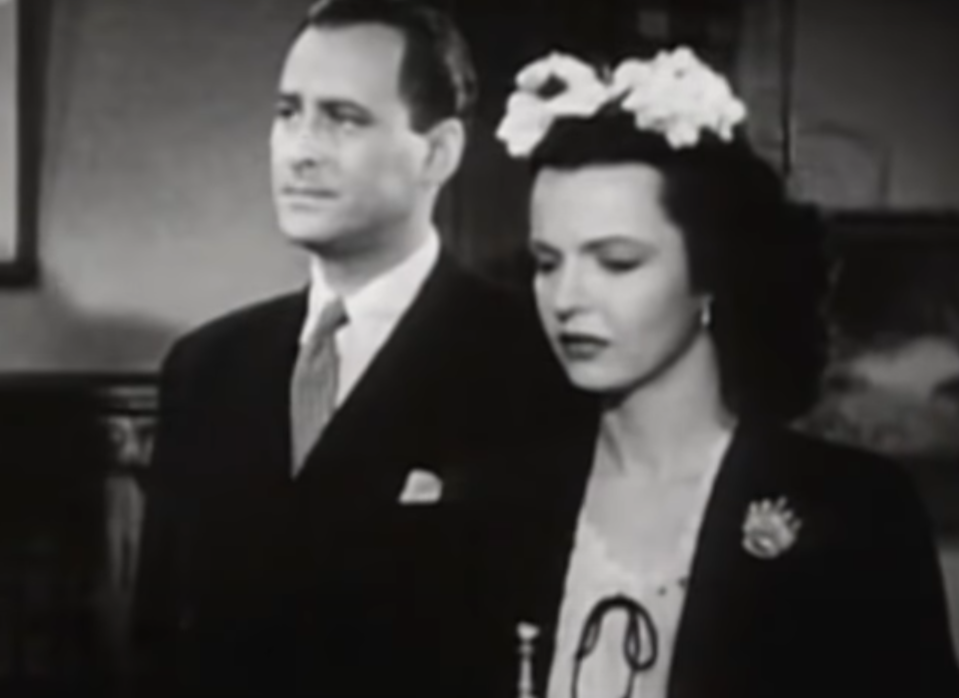 Paramount, Cowboy and the Senorita (1944)
Paramount, Cowboy and the Senorita (1944)
22. She Had A Stroke Of Luck
It was only after the tour that favor struck when Hollywood agent, Joe Rivkin, brought her in to audition for a film called Holiday Inn (1942) featuring Bing Crosby and Fred Astaire. It would have been such a breakthrough for her—if she had landed the part.
Much like her marriages, though, life had other plans for her.
23. She Was Brought Into A Major Studio
Dale continued singing with jazz, swing, and big bands, and she really enjoyed the work that she did. But eventually, she landed an even more exciting possibility. She had made her mark after auditioning for Holiday Inn. Even though she hadn’t won the part in the film, 20th Century decided to sign her to the studio!
But there was one major caveat to her employment.
24. She Lied Her Way To Success
During her time at 20th Century Fox, the studio saw an opportunity to use Dale’s unfortunate situation to boost her popularity. They subtracted seven years from her age and advertised her as a young, unmarried woman, who was the sole supporter of her teenaged “brother”.
This deception persisted for years—until Dale revealed the truth after a very special occasion.
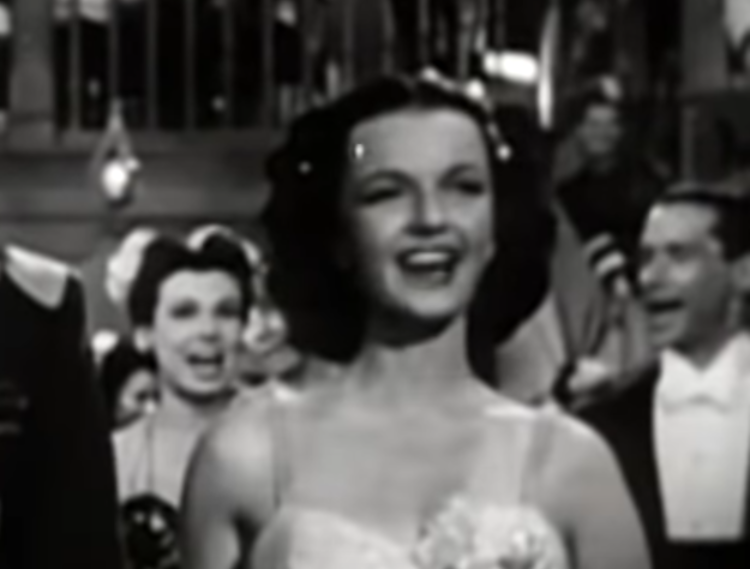 Paramount, Cowboy and the Senorita (1944)
Paramount, Cowboy and the Senorita (1944)
25. She Was Cast In Her First Major Film
1943 brought about a fortunate turn of events. She was cast in two films called The Cowboy And The Señorita (1944) and Hollywood Canteen (1944), a comedy musical that would do more than change the entire course of her career—and her personal life.
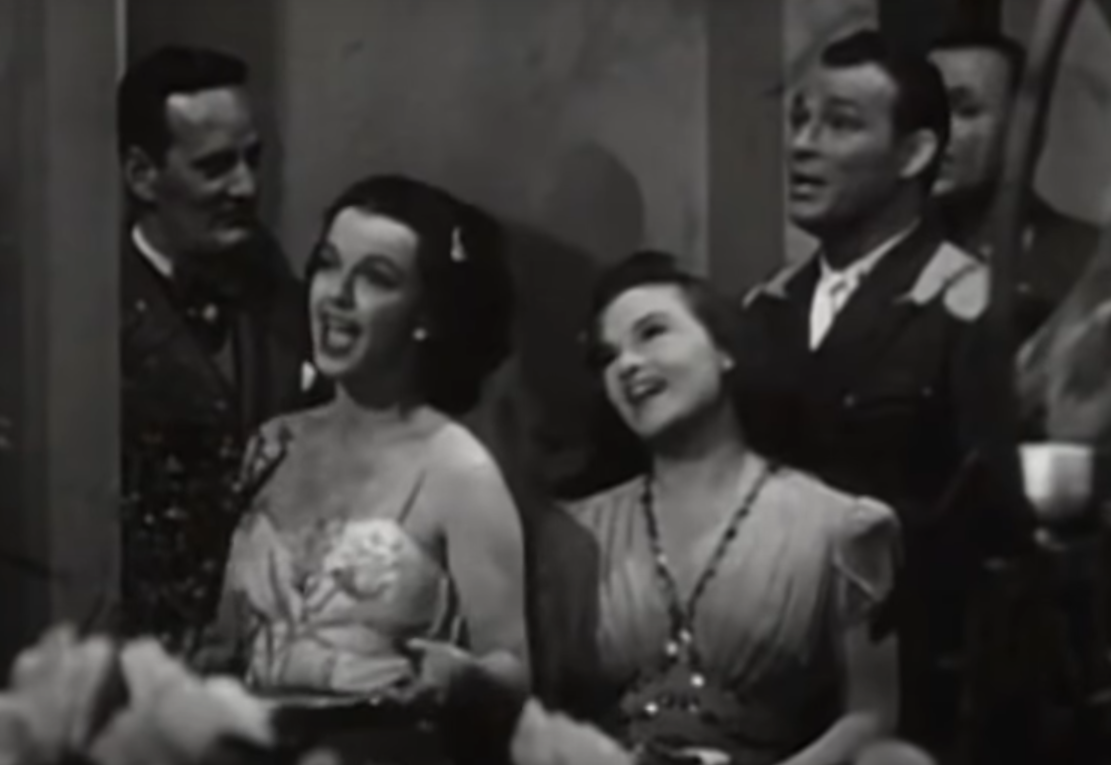 Paramount, Cowboy and the Senorita (1944)
Paramount, Cowboy and the Senorita (1944)
26. She Met Someone Special
In 1944, Dale met the man who changed her life. Roy Rogers. Being on the set of multiple films throughout that year brought the two together. As their friendship grew and their connection sizzled, the rest was history. But at the time, Dale was still married to Robert, and Roy was married to his wife, Arline.
At that point, it seemed like their amorous relationship was over before it began—until life took a turn once more.
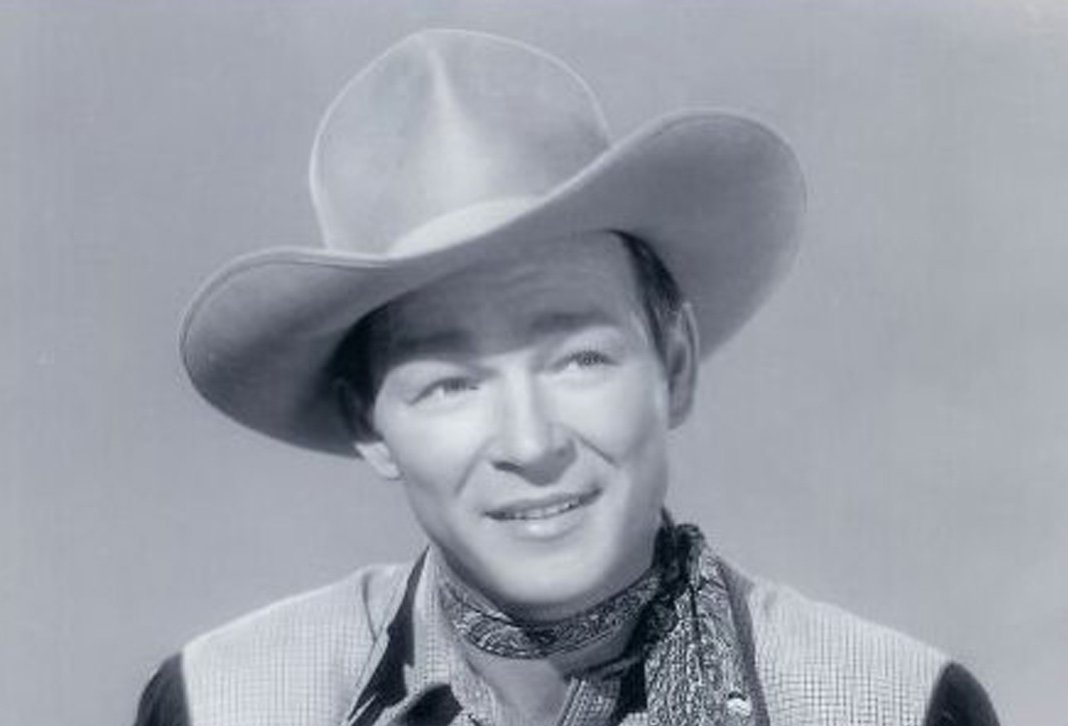 frontrowkid, CC BY-SA 2.0, Wikimedia Commons
frontrowkid, CC BY-SA 2.0, Wikimedia Commons
27. She Had To Endure Another Divorce
In 1945, Dale and Robert divorced, and it seemed like her romantic life was going on hiatus. She might have found another love in Roy as soon as the paperwork finalized, but the timing wasn’t right. Since their friendship only deepened with all the work they did together, she didn’t think romance was on the menu. But then tragedy struck—and Dale's life took yet another twisted turn.
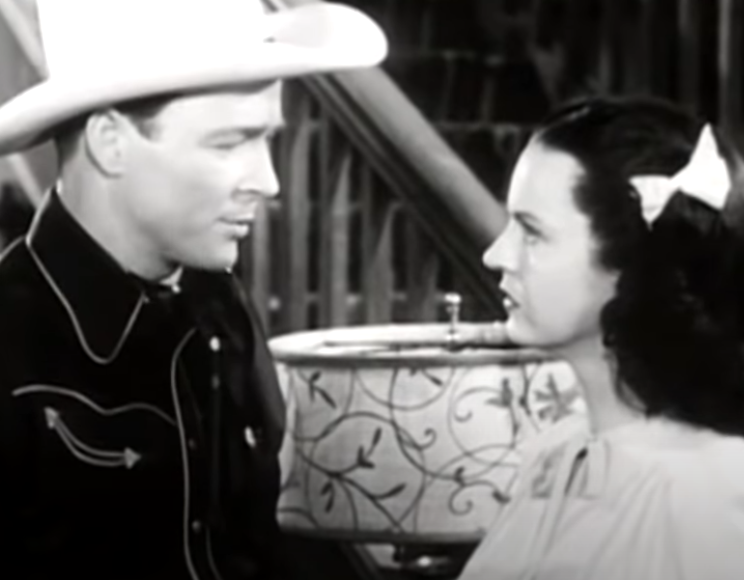 Paramount, Cowboy and the Senorita (1944)
Paramount, Cowboy and the Senorita (1944)
28. She Stepped Up In Times Of Tragedy
The following year, a moment that should have brought happiness brought misfortune, instead. Soon after the birth of Roy’s child in 1946, Roy’s wife had an embolism and didn’t survive. Thankfully, he had Dale there to support him through his heartbreak. But her presence gave him more than comfort.
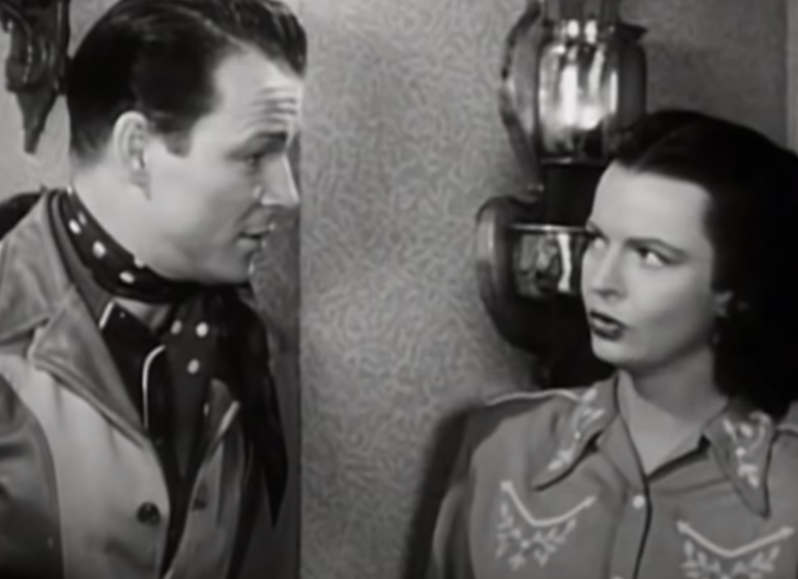 Paramount, Cowboy and the Senorita (1944)
Paramount, Cowboy and the Senorita (1944)
29. She Fell In Love Again
A new kind of love blossomed between Dale and Roy—and only a year later, he popped the big question. The scene was like something straight out of a romantic Western: He asked her to marry him while they were sitting on their horses moments before making their grand entrance at a rodeo in Chicago. She wholeheartedly said yes.
And while this was about to be her fourth marriage—it would also be her wildest one yet.
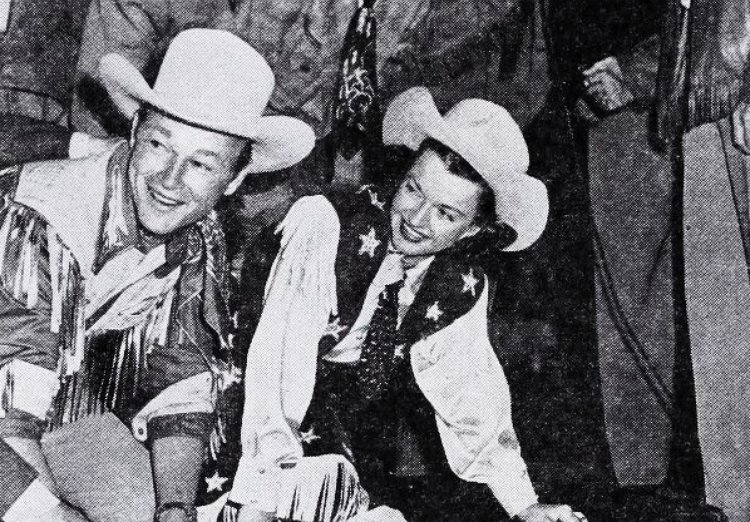 Unknown Author, Wikimedia Commons
Unknown Author, Wikimedia Commons
30. She Believed In This One
Both Dale and Roy believed in their love. On top of that, it seemed like there was something divine supporting their relationship. It was Dale’s fourth and Roy’s third marriage, but despite the previous failed relationships, their faith in the institution of love and union held strong, and they wed on December 31, 1947.
But their quickie marriage had an instant effect on their careers.
31. They Became American Pop Culture Icons
As soon as they married, their fame seemed to double. They became the it-couple of the entertainment industry. Their collaborations continued, too. In 1951, they started their television series The Roy Rogers Show. Roy and Dale played a married couple living on a ranch, solving mysteries and transgressions and performing classic cowboy tasks.
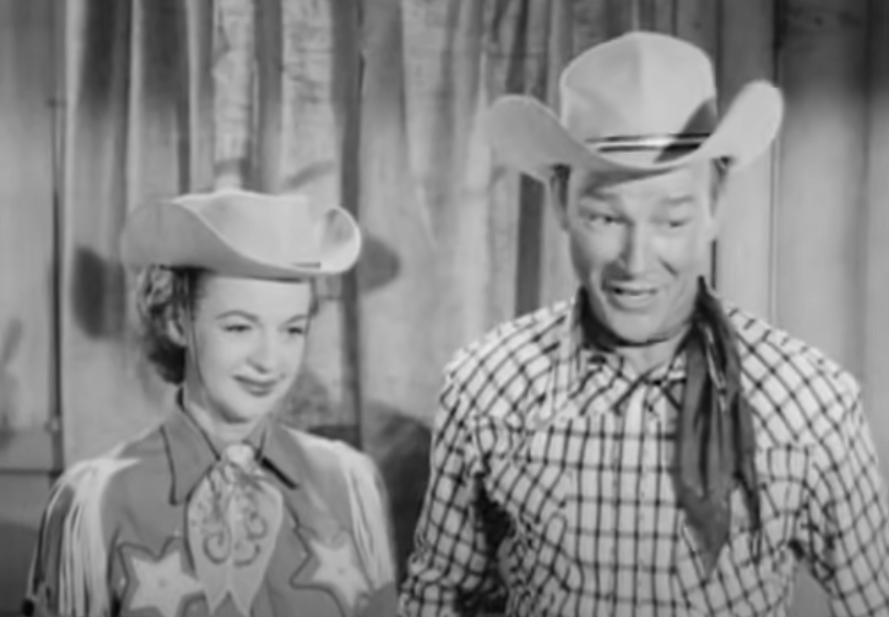 Roy Rogers Productions, The Roy Rogers Show (1951–2014)
Roy Rogers Productions, The Roy Rogers Show (1951–2014)
32. She Played The Role Of A Lifetime
The series had a strange, anachronistic setting. It combined the old western cowboys and cowgirls armed and astride horses with modern cars, telephones, and electric lighting. Dale played a proprietress of a cafe and hotel and she rode Buttermilk, a buckskin horse, throughout the series—her animal best friend.
And while the setting may have been odd and unexplainable, the plot was intriguing all on its own.
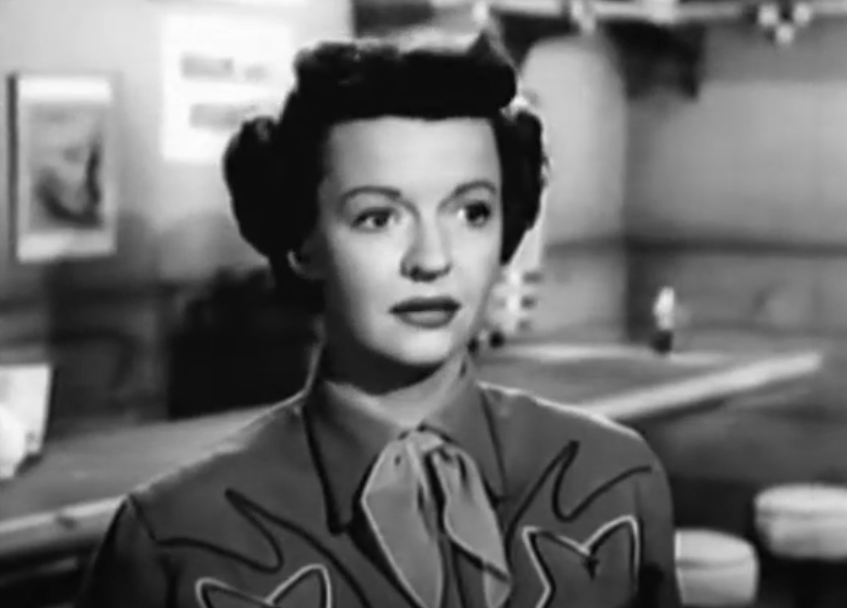 Roy Rogers Productions, The Roy Rogers Show (1951–2014)
Roy Rogers Productions, The Roy Rogers Show (1951–2014)
33. She Used Her Platform To Spread Her Beliefs
The pair usually saved innocents from a bad guy of the week. These enemies ranged from con artists to corrupt lawmen. But the series also included information about firearm safety and natural conservation. The preaching of moral values didn’t end there.
Eventually, the preaching took on an undeniably religious bent.
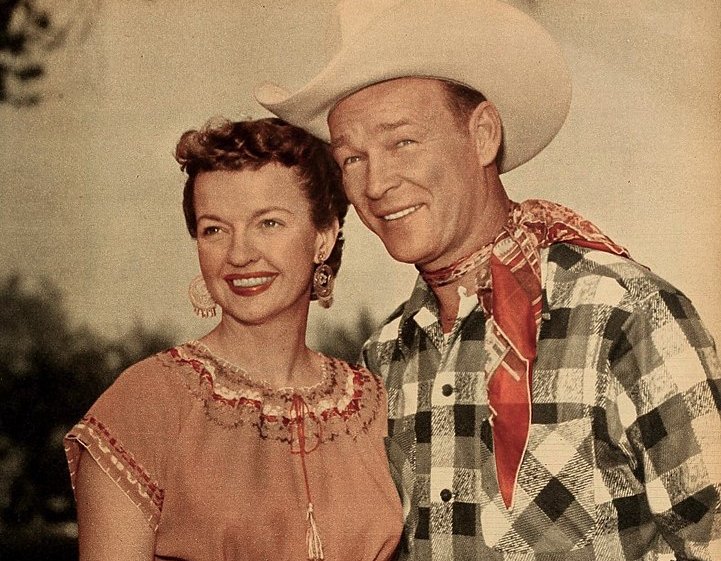 Unknown author, Wikimedia Commons
Unknown author, Wikimedia Commons
34. She Expanded Her Family
Dale and Roy didn’t just have a successful professional life. United by their wedding, their family consisted of Dale’s son and Roy’s three children. Their ambitions to expand their family were strong, and three years later, they had a child together.
But their joy quickly turned to misery.
35. She Endured A Parent's Worse Nightmare
They named the child Robin, and she was born with Down syndrome. Unfortunately, there weren’t enough resources at the time to support her. Robin didn’t live to see her 2nd birthday, some citing complications with her disorder and others blaming the mumps. Unmoored, Dale wrote Angel Unaware, her first book from the perspective of her daughter in heaven.
And she didn't stop there.
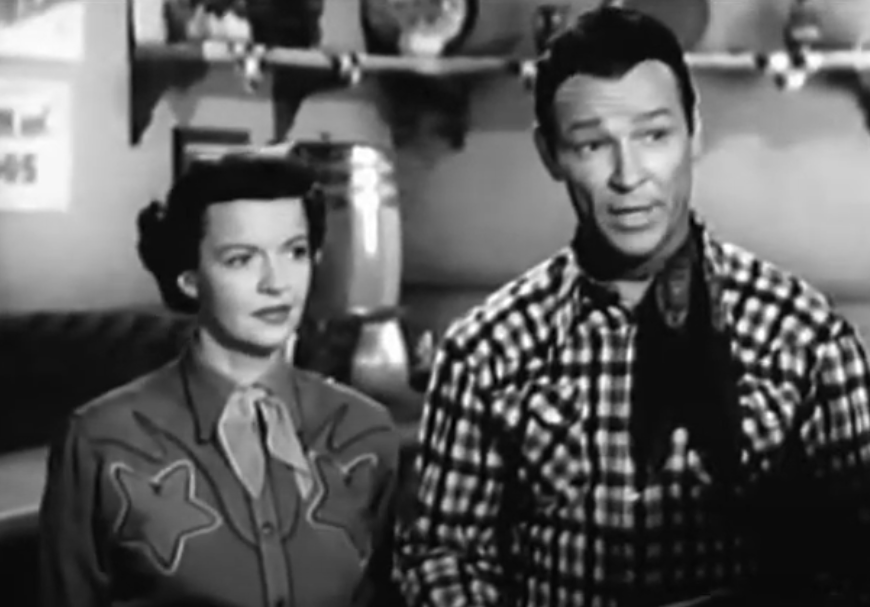 Roy Rogers Productions, The Roy Rogers Show (1951–2014)
Roy Rogers Productions, The Roy Rogers Show (1951–2014)
36. She Took Action
Her daughter’s condition also drove Dale to stand against the prejudices the public had for those with developmental disabilities. She knew that the public thought little of those with Down syndrome, and she wanted to challenge that. She founded what is now known as the Dale Rogers Training Center—renamed in tribute to Dale’s efforts.
Her passion and success only deepened, causing her and Roy to make a huge decision.
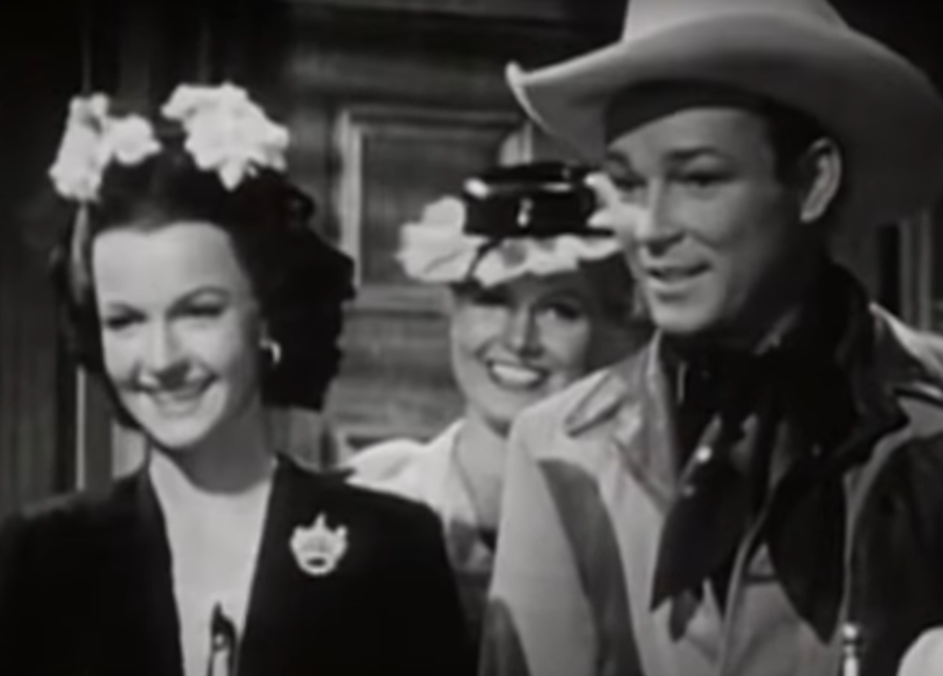 Paramount, Cowboy and the Senorita (1944)
Paramount, Cowboy and the Senorita (1944)
37. She Made A Virtuous Choice
The sadness didn’t stop Dale and Roy from expanding their family. They went on and adopted three more children—Debbie (formerly In Ai Lee), Dodie, and John David—and fostered a fourth—Marion. For a while, everything went well and they were a big, happy family.
But their good fortune wouldn't last forever.
 Paramount, Cowboy and the Senorita (1944)
Paramount, Cowboy and the Senorita (1944)
38. She Single-Handedly Wrote A Song That Has Lasted Beyond Her Lifetime
From 1951 through 1957, Dale wrote over 200 songs, including “Happy Trails” which was Roy’s television series theme song for many years. Apparently, she wrote the song on an envelope and taught it to Roy and his band mere minutes before they recorded.
But Dale made more than just a musical statement with her work.
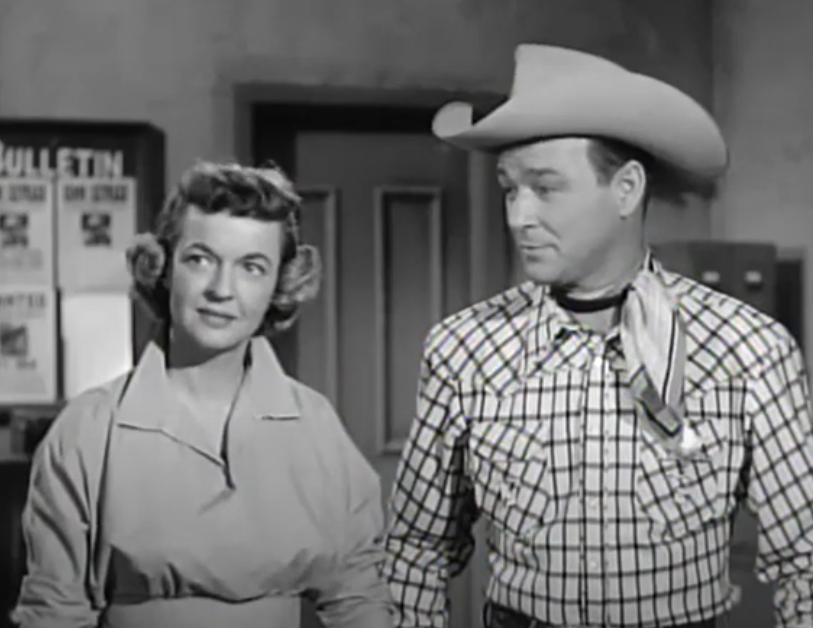 Roy Rogers Productions, The Roy Rogers Show (1951–2014)
Roy Rogers Productions, The Roy Rogers Show (1951–2014)
39. She Brought Her Religious Values Into Her Work
Dale was always a religious woman, but in the later episodes of The Roy Rogers Show, she began speaking out about her beliefs. She preached about the Lord and how He could help everyone with their problems should they believe in His guidance.
And her devotion to God didn’t stop there.
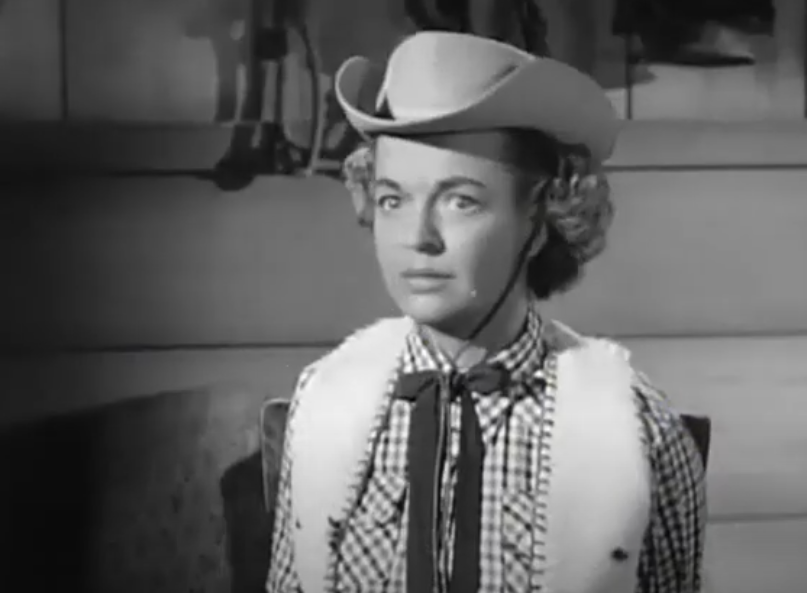 Roy Rogers Productions, The Roy Rogers Show (1951–2014)
Roy Rogers Productions, The Roy Rogers Show (1951–2014)
40. She Worked Hard For Her Whole Life
Their pride and joy, The Roy Rogers Show, ended in 1957. If Roy and Dale were any other working couple, they might have felt discouraged. By then, they had a total of 29 film appearances together, and they’d only continue adding to their shared filmography.
But this end brought about another beginning.
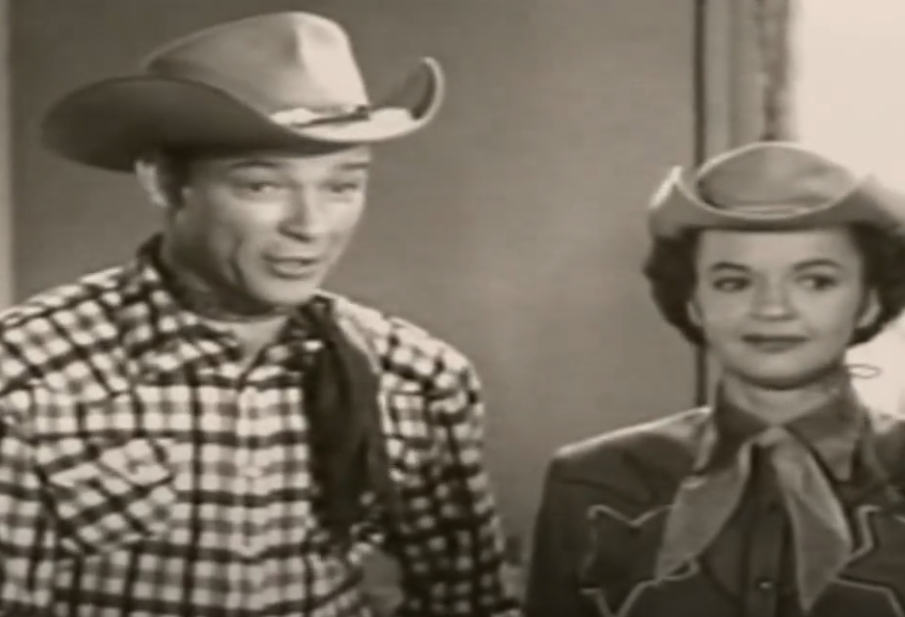 Roy Rogers Productions, The Roy Rogers Show (1951–2014)
Roy Rogers Productions, The Roy Rogers Show (1951–2014)
41. She And Roy Started Anew
In 1962, Dale and Roy pivoted by starting a new series. After the success of the original series, they expected their new venture would be equally as successful. They co-hosted The Roy Rogers And Dale Evans Show, which was another comedy-western-variety program. But to their dismay, the series only lasted a few months before it ended.
And that's when everything started unraveling.
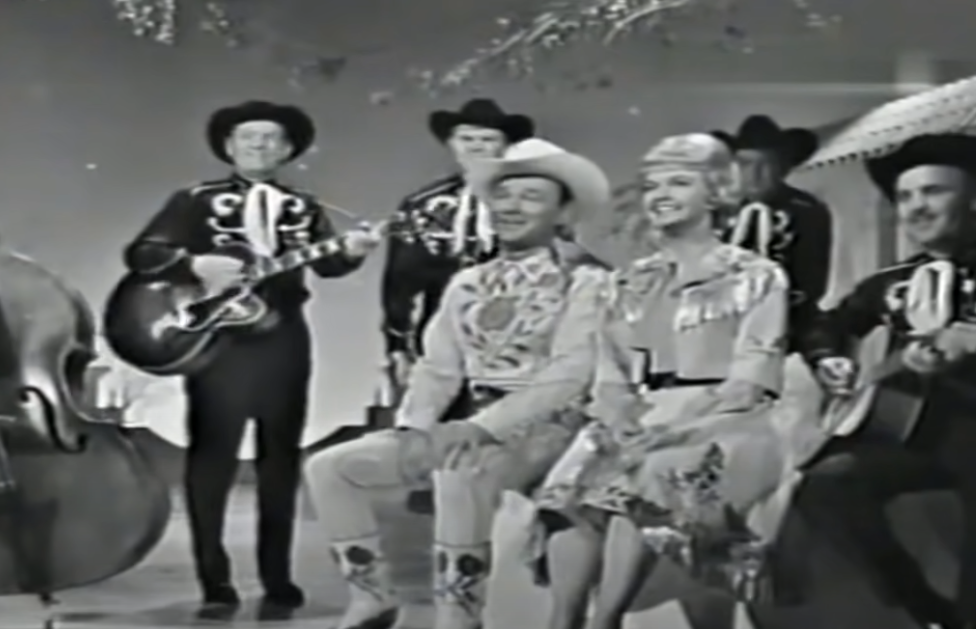 Frontier Productions, The Roy Rogers & Dale Evans Show (1962)
Frontier Productions, The Roy Rogers & Dale Evans Show (1962)
42. She Was Wrought With Misery Once Again
Misfortune dogged their heels. In 1964, twelve-year-old Debbie was in a bus accident and didn’t survive. And if that isn't tragic enough, their 18-year-old son, John David, also perished from an unfortunate incident while he was away serving in the army in Germany.
While suffering unimaginable heartbreak, Dale took to the pages of her notebook and wrote two more inspirational books to commemorate their lives—and then they made another huge decision.
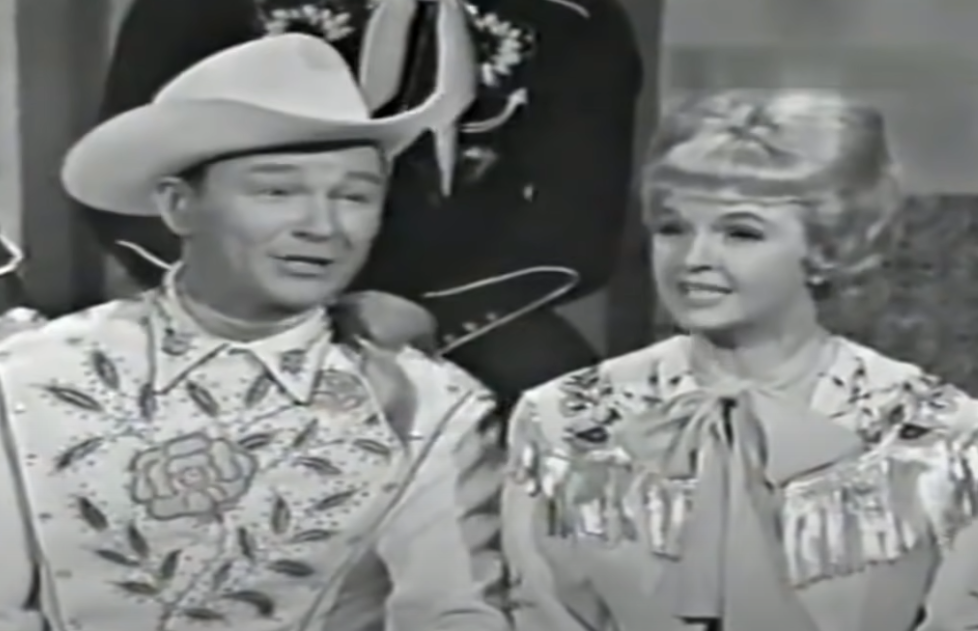 Frontier Productions, The Roy Rogers & Dale Evans Show (1962)
Frontier Productions, The Roy Rogers & Dale Evans Show (1962)
43. She Needed An Escape
After the demise of her daughter, Debbie, Dale and Roy moved away from the big city. They bought a ranch in Apple Valley, California. It was 67 acres, and its name was the Double R Bar Ranch. This would be their home for the rest of their lives.
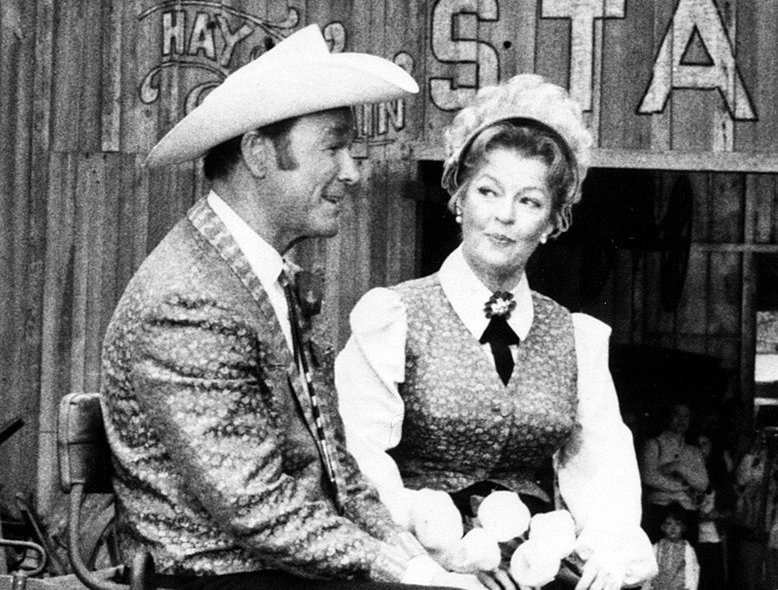 Orange County Archives, Wikimedia Commons
Orange County Archives, Wikimedia Commons
44. She Was Vocal About A Surprising Government Change
The same year, Dale participated in a rally supported by 2,500 people. The attendees were incredibly vocal in their support for mandatory prayer in schools. They protested the prayer’s removal after it contradicted the First Amendment in the US Constitution.
Dale’s passion for the Lord was almost as immovable as her dedication to her children—and she continued to take it even further.
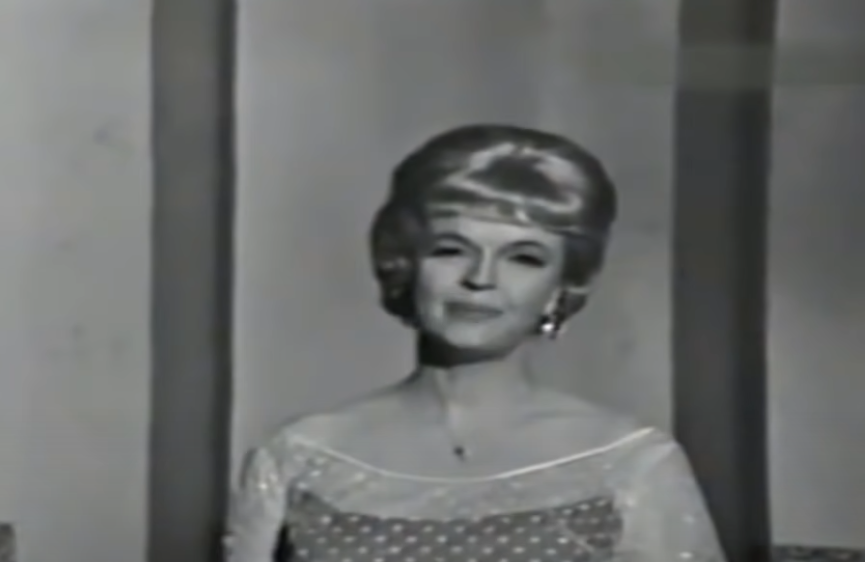 Frontier Productions, The Roy Rogers & Dale Evans Show (1962)
Frontier Productions, The Roy Rogers & Dale Evans Show (1962)
45. She Took Her Ideas To The Recording Studio
In the 1970s, Dale wrote and recorded many God-praising religious albums. Not only that, but twenty years later, she hosted a Christian television program called A Date With Dale. She was in her 80s at that point but time did not dampen her love of the Lord—and good thing, because she was about to need Him more than ever before.
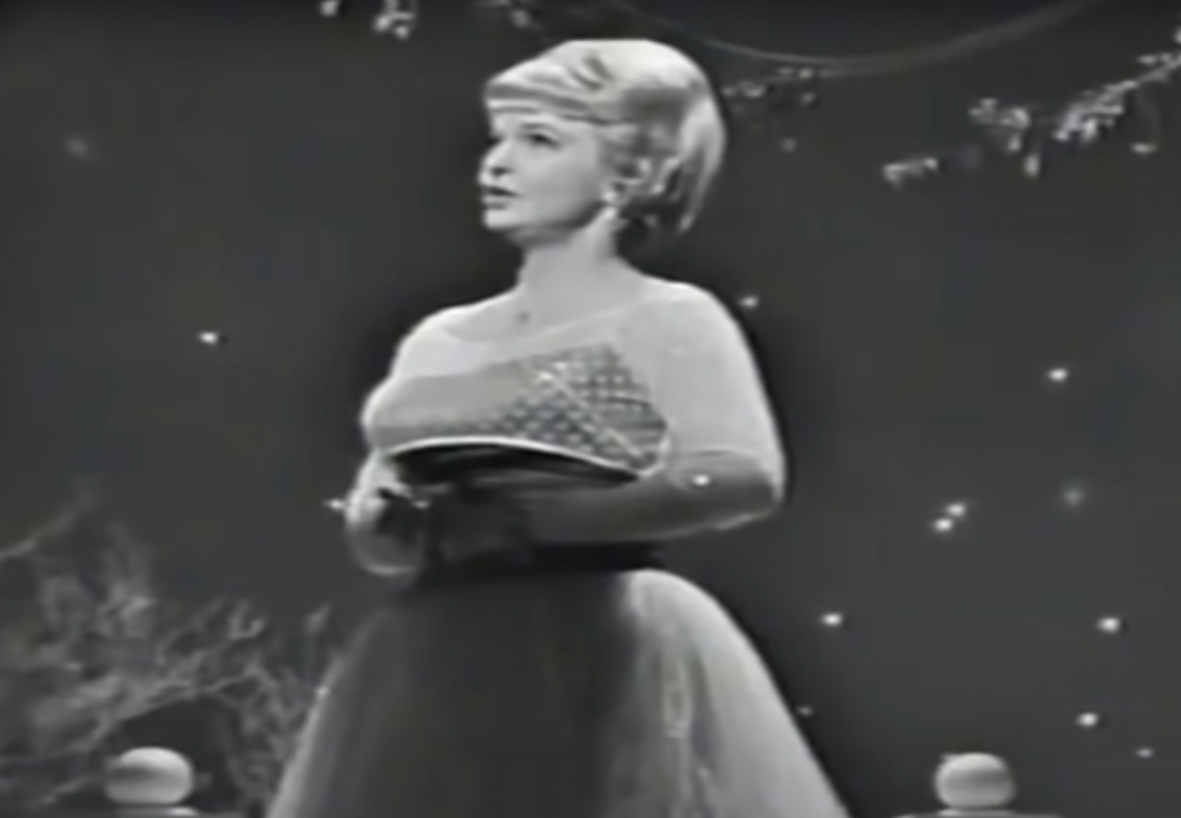 Frontier Productions, The Roy Rogers & Dale Evans Show (1962)
Frontier Productions, The Roy Rogers & Dale Evans Show (1962)
46. She Lost Her Greatest Love
In 1998, a terrible occurrence shocked Dale and her family. Congestive heart failure took Roy from their lives on July 6, 1998. He was 86, and he passed at their ranch in Apple Valley, California. His loss devastated Dale, and her heartbreak would plague her for her remaining years. All she had left were the memories she and Roy made over their time together—and it was just too much for her to bear.
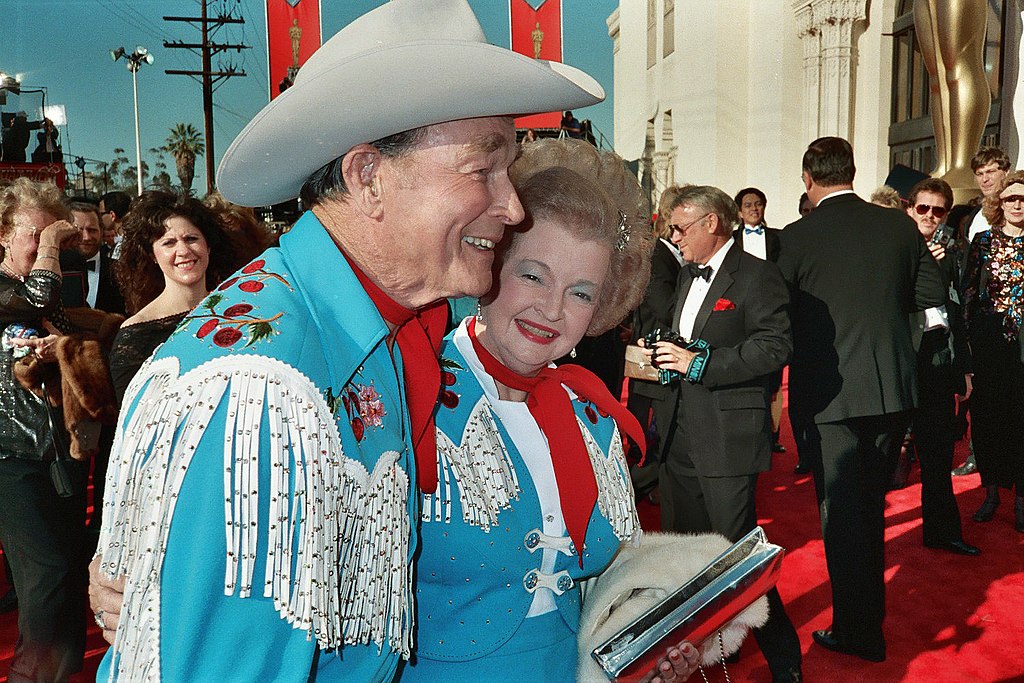 Alan Light, CC BY 2.0, Wikimedia Commons
Alan Light, CC BY 2.0, Wikimedia Commons
47. Her Husband Loved Her Well
Roy wrote an autobiography detailing his life with Dale, called Happy Trails: Our Life Story (1981). In it, he praises Dale’s role in his life, saying, “She has been my guiding star…I couldn’t have made it without her.” She supported him during the times he needed it most, and that meant the world to him.
Their love was an enduring one, remembered by many as one of the greatest love stories in US entertainment.
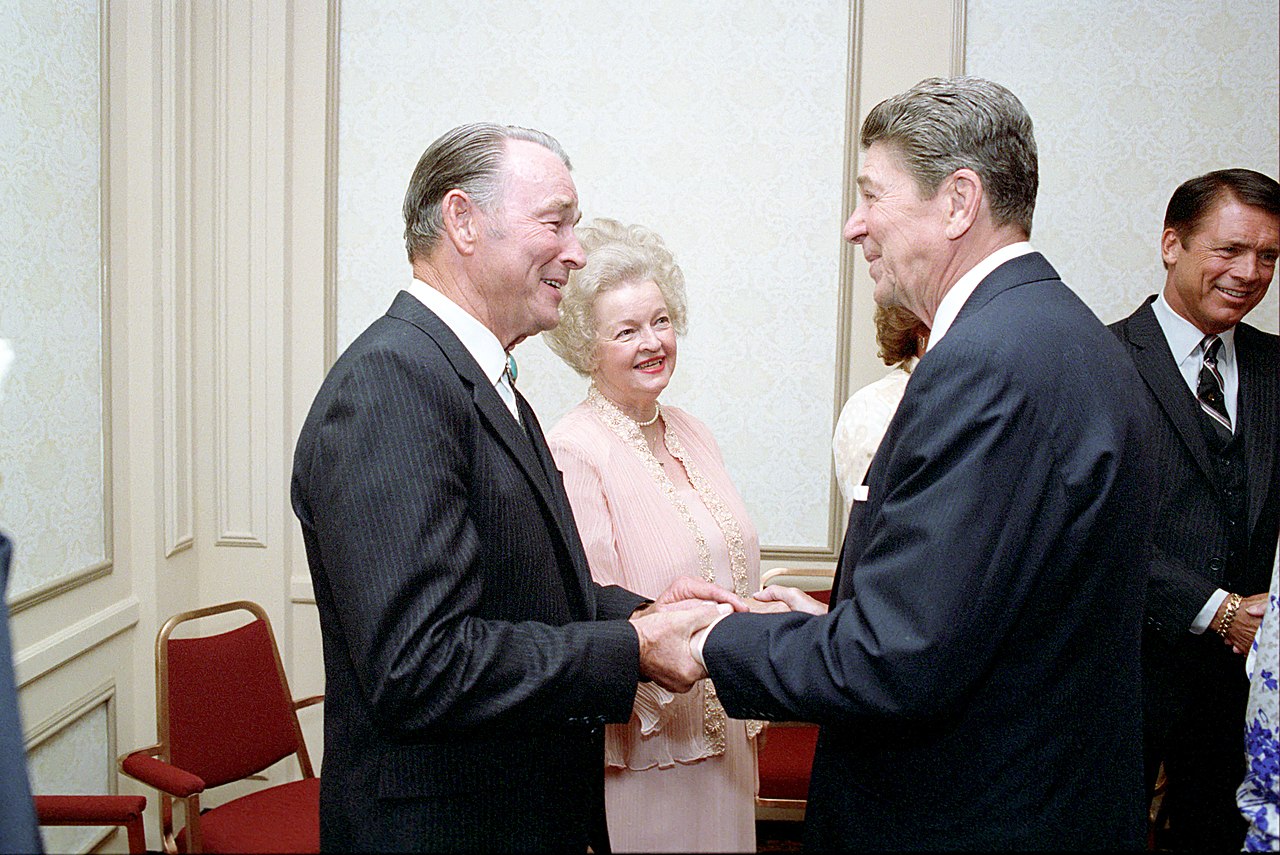 Ronald Reagan Library Museum Collection, Wikimedia Commons
Ronald Reagan Library Museum Collection, Wikimedia Commons
48. Their Legacy Lived On In Their Children
Luckily, Dale was surrounded by her and Roy’s surviving children to help her through her heartbreak. The rest of their kids would outlive their parents. It seems God decided Dale had faced enough hardship when it came to her offspring.
And not only did they thrive in their adult lives, but one of Dale's children shared one of her greatest passions.
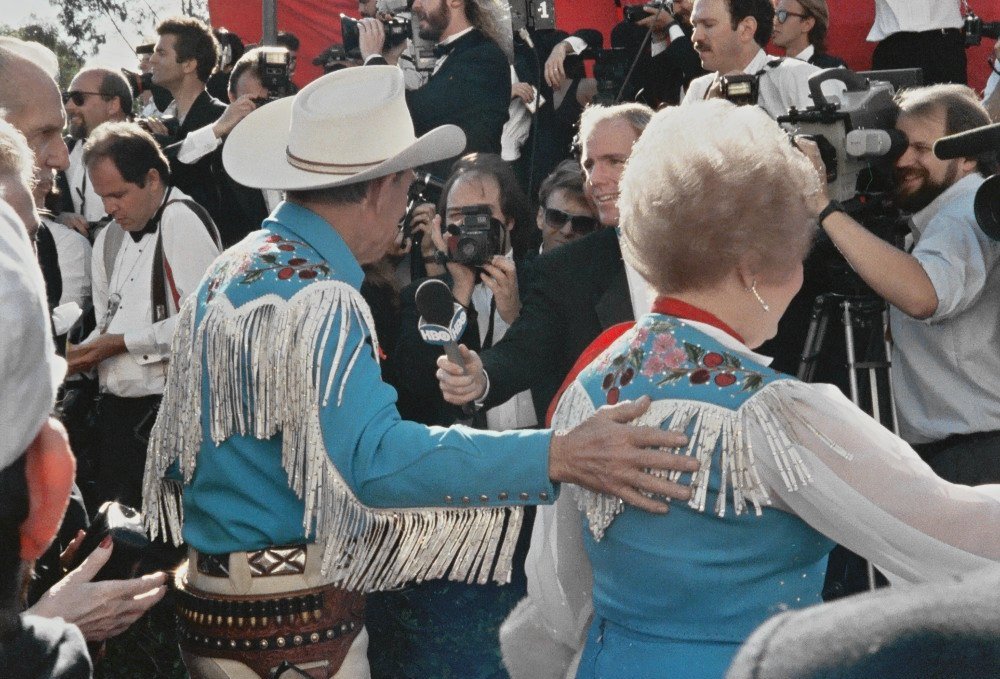 Alan Light, CC BY 2.0, Wikimedia Commons
Alan Light, CC BY 2.0, Wikimedia Commons
49. She Passed On Her Good Values To Her Children
Dale never had to worry about the legacy she was leaving behind. In addition to the Roy Rogers and Dale Evans Museum, one of their shared children, Cheryl Rogers-Barnett, whom they adopted in 1941, has taken the torch of Dale’s activist pursuits. Cheryl continues to be a participating charter member of the charity Child Help USA.
While beaming with pride for her children, Dale was still nursing a broken heart from the loss of her husband—and what happened next was equally as chilling as it was devastating.
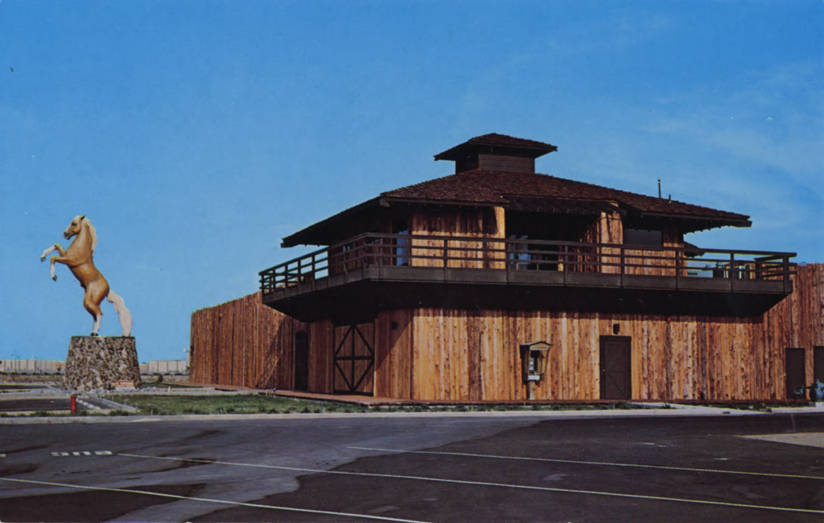 Unknown author, Wikimedia Commons
Unknown author, Wikimedia Commons
50. She Joined Her Love Up Above
Dale never did recover from her broken heart. She spent the next two and a half years mourning her love. That is, until the Lord called her home on February 7, 2001, at the ripe age of 88.
And while her family was certainly devastated, her passing had a chilling similarity to that of her late husband's. Dale experienced the exact same condition as Roy: congestive heart failure. She and Roy were buried side-by-side, bonded beyond the living world. But even with their passing, they and their unshakeable love remain forever in the minds of those who knew them.
You May Also Like:
Roy Rogers Was The “King Of The Cowboys”—And Tragedy
Gary Cooper, The American Cowboy
Show-Stopping Facts About Judy Garland, The Tragic Hollywood Icon
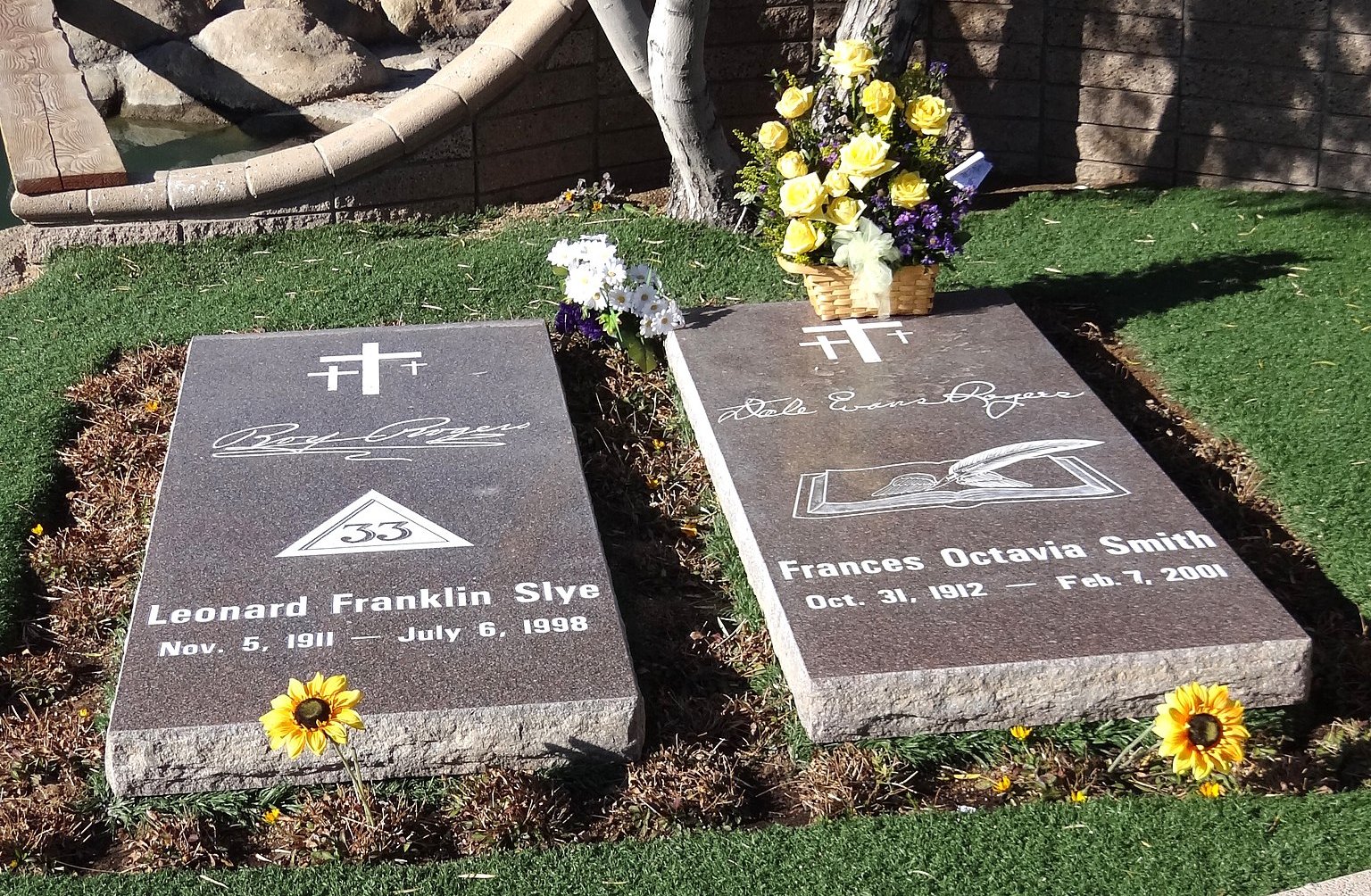 Adam Jones, CC BY-SA 2.0, Wikimedia Commons
Adam Jones, CC BY-SA 2.0, Wikimedia Commons


